HEROIN’S GRIP
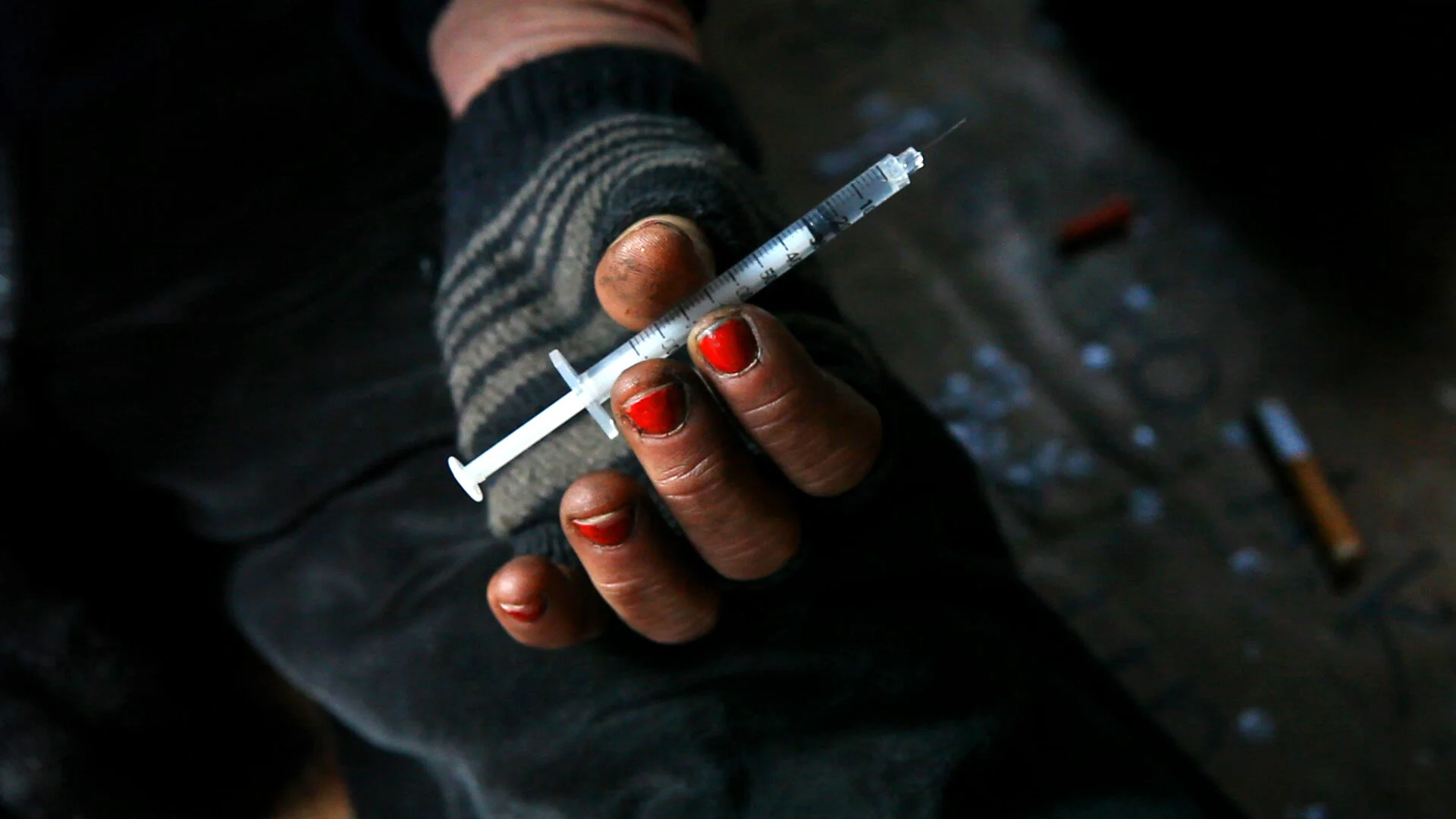
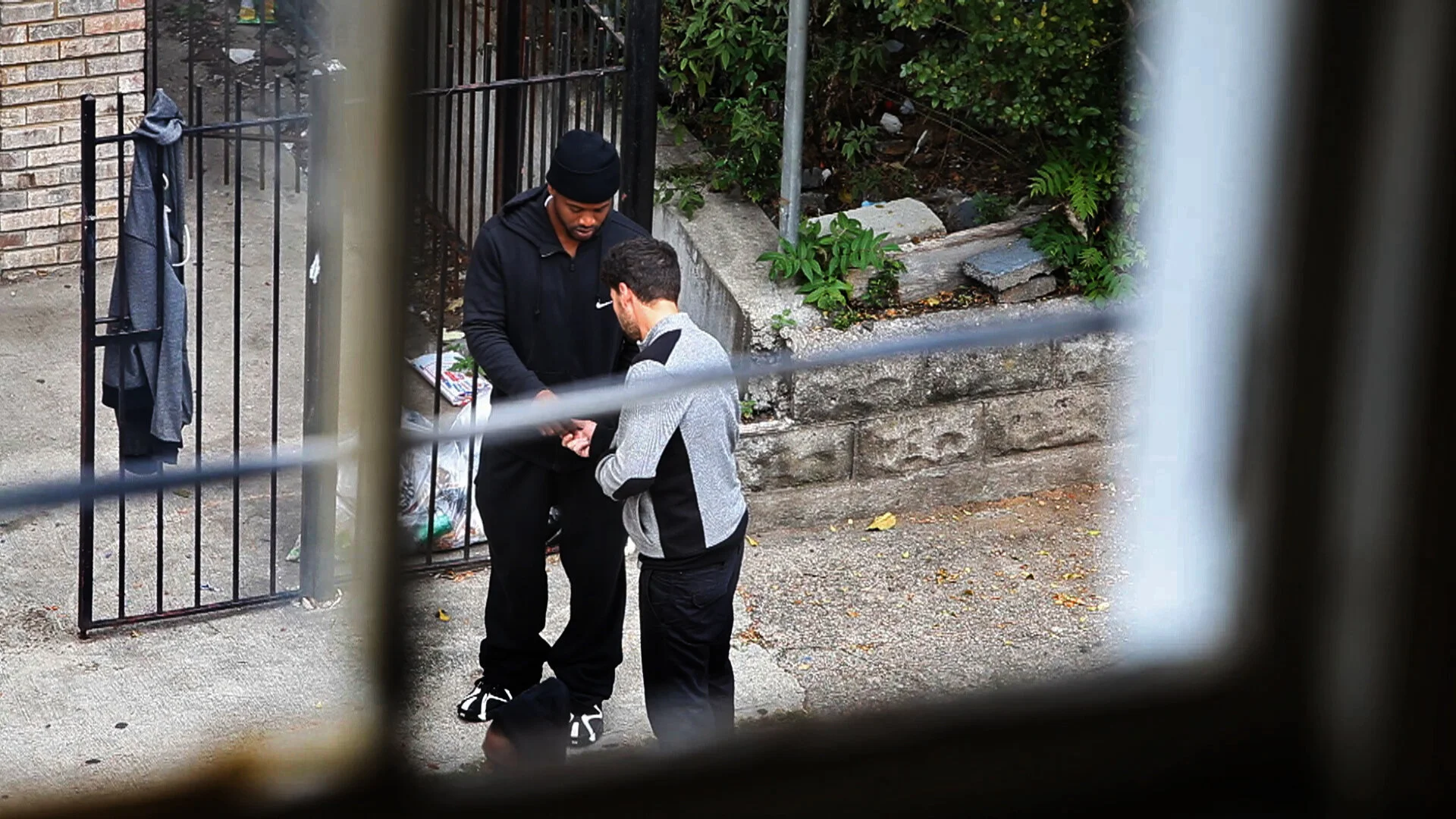
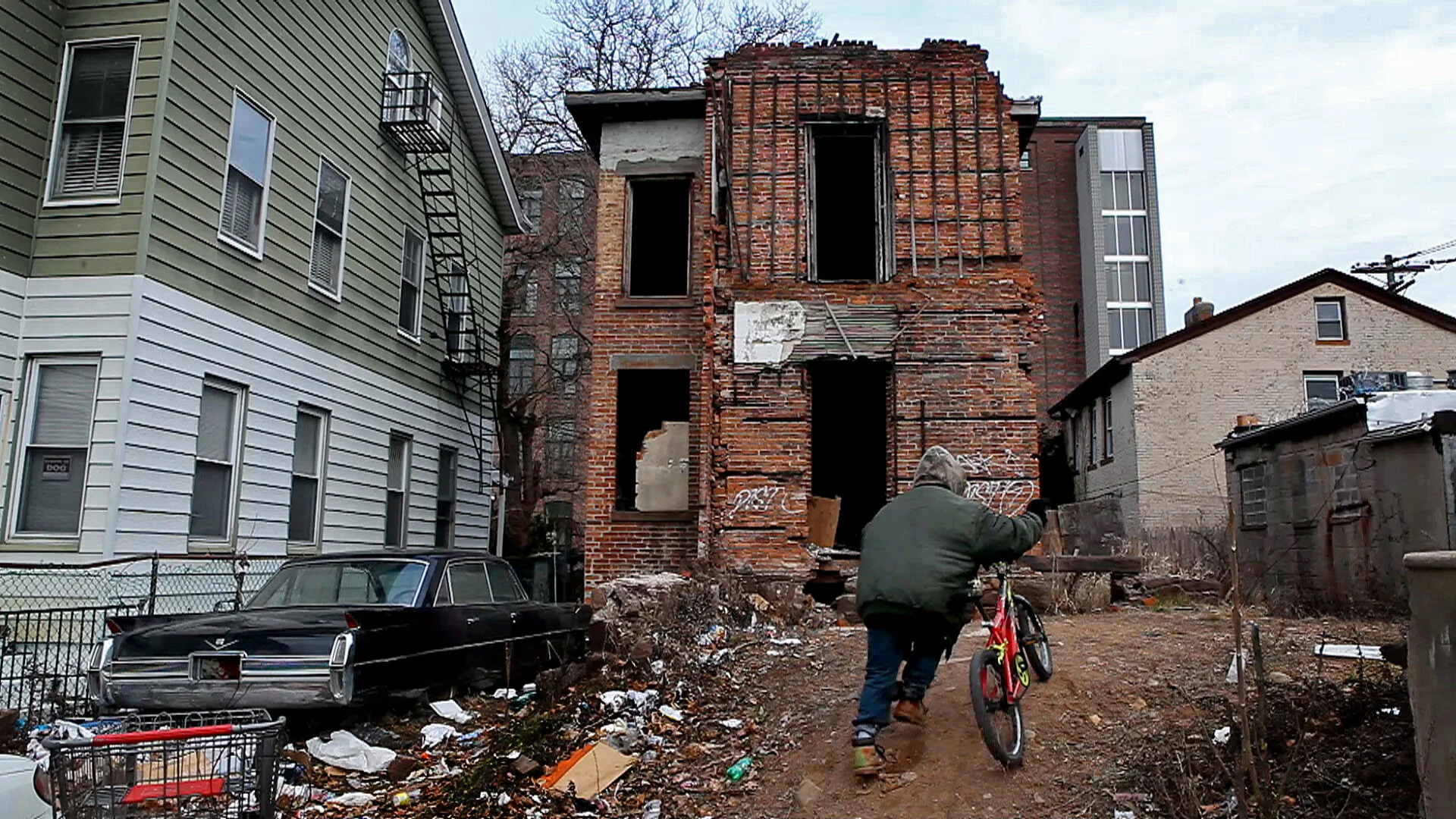
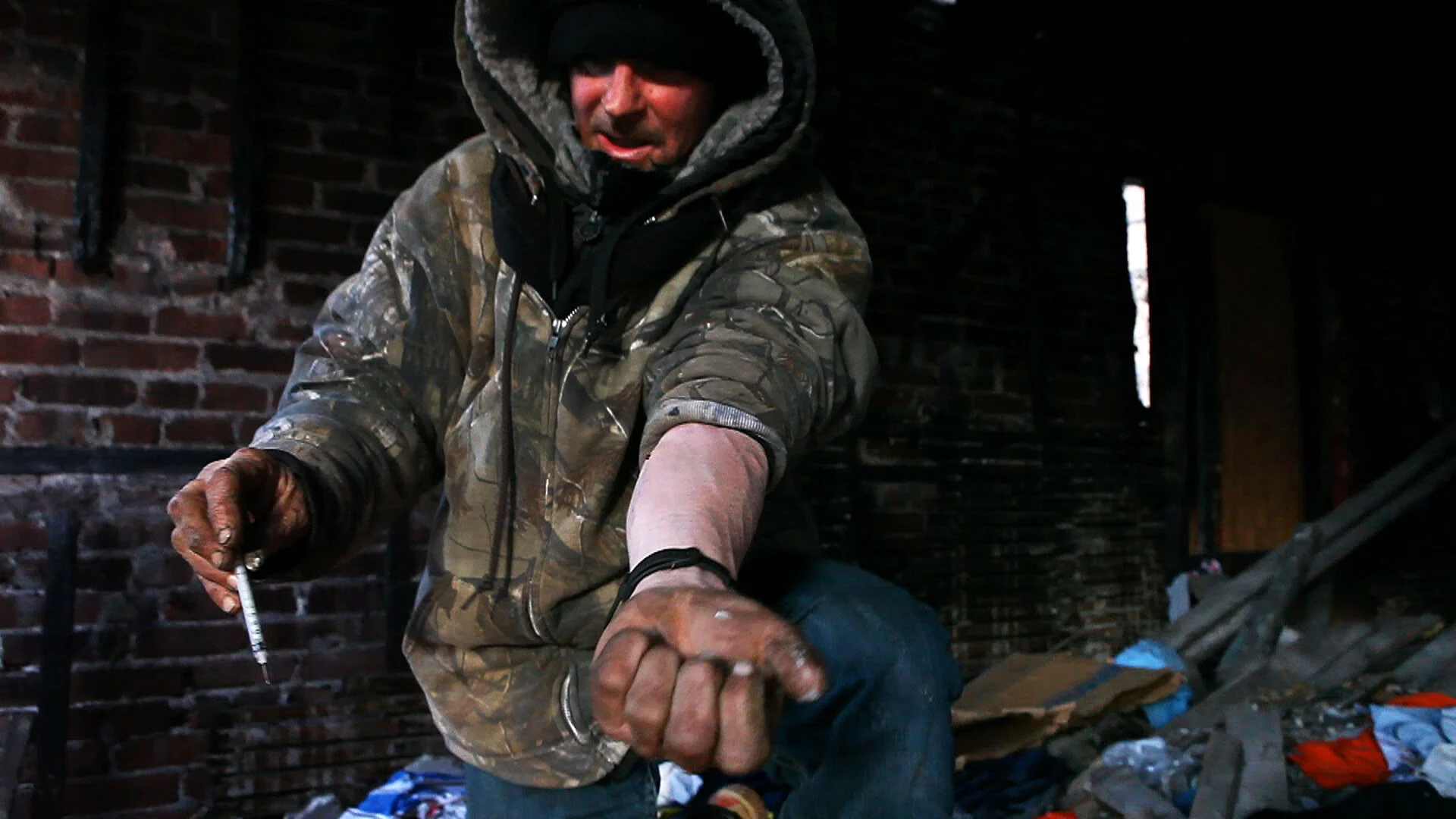
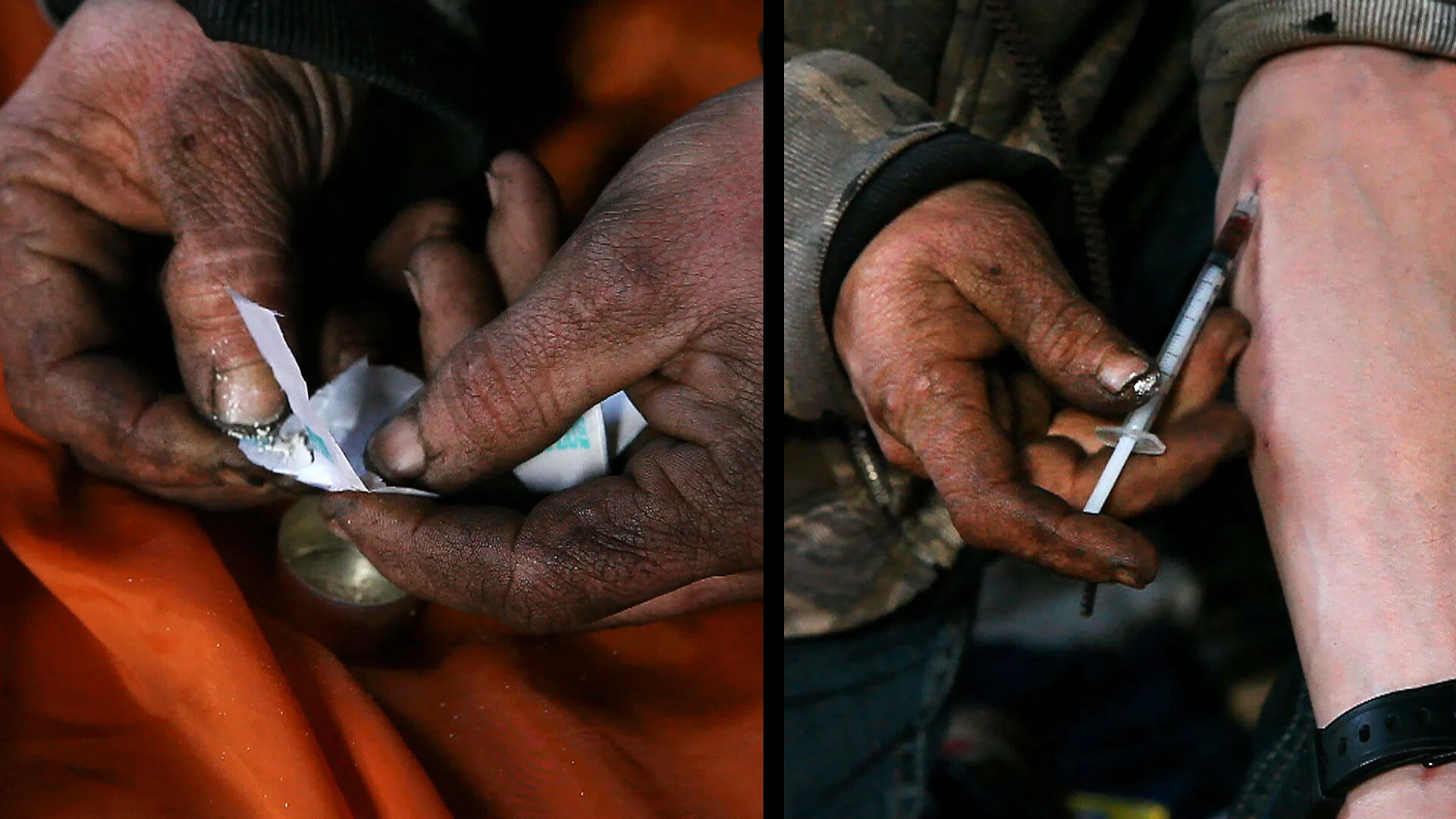
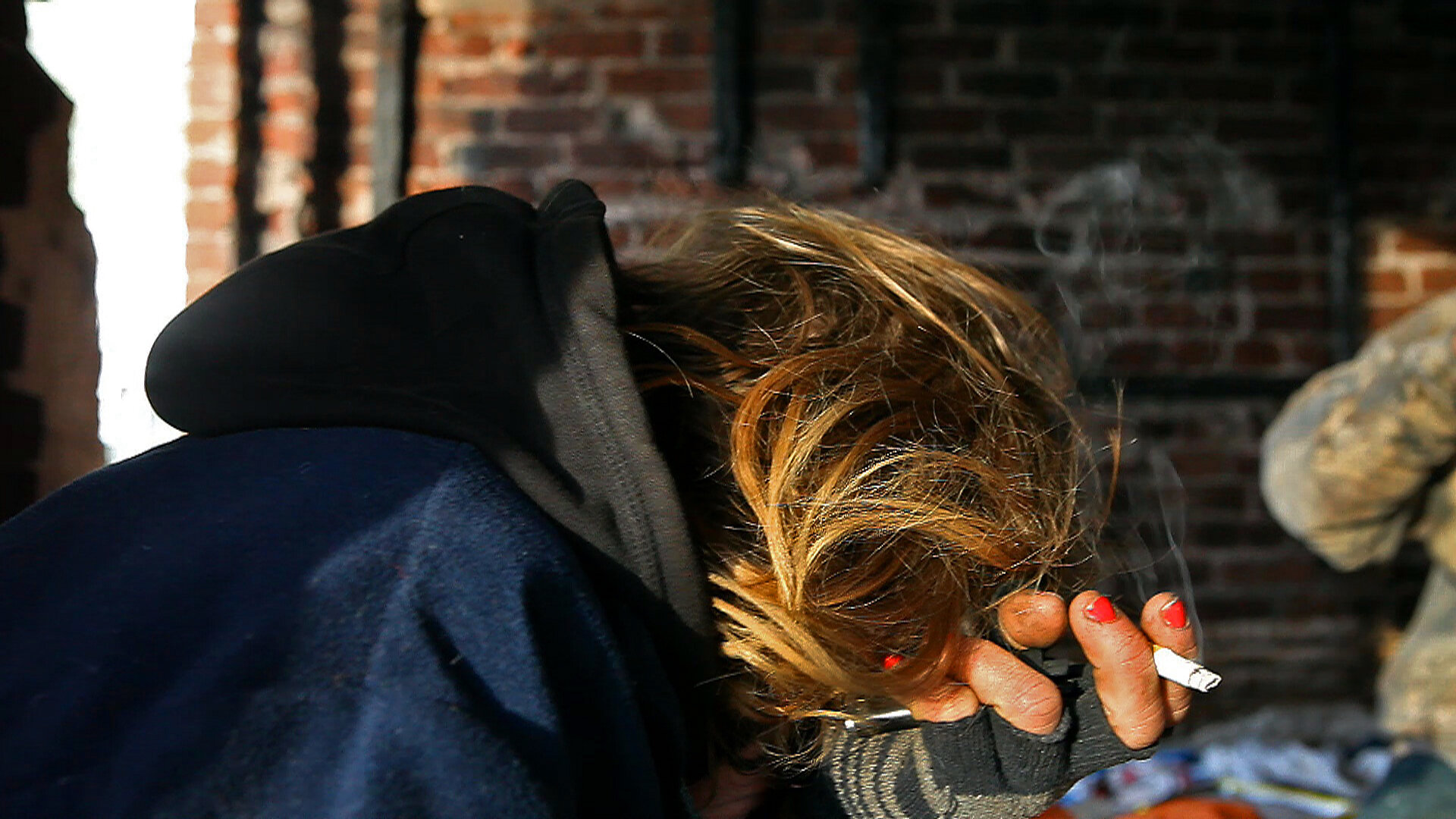
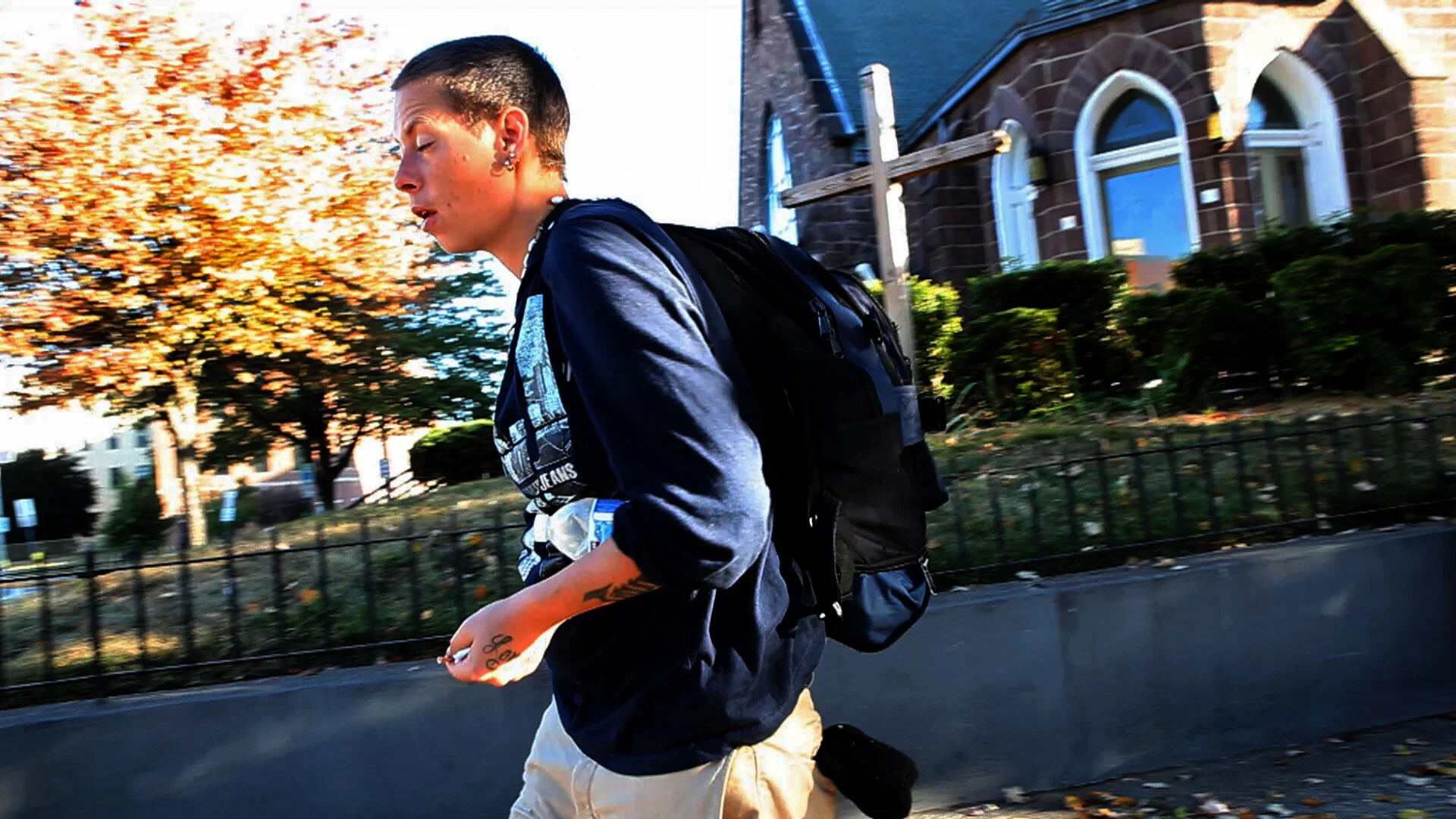
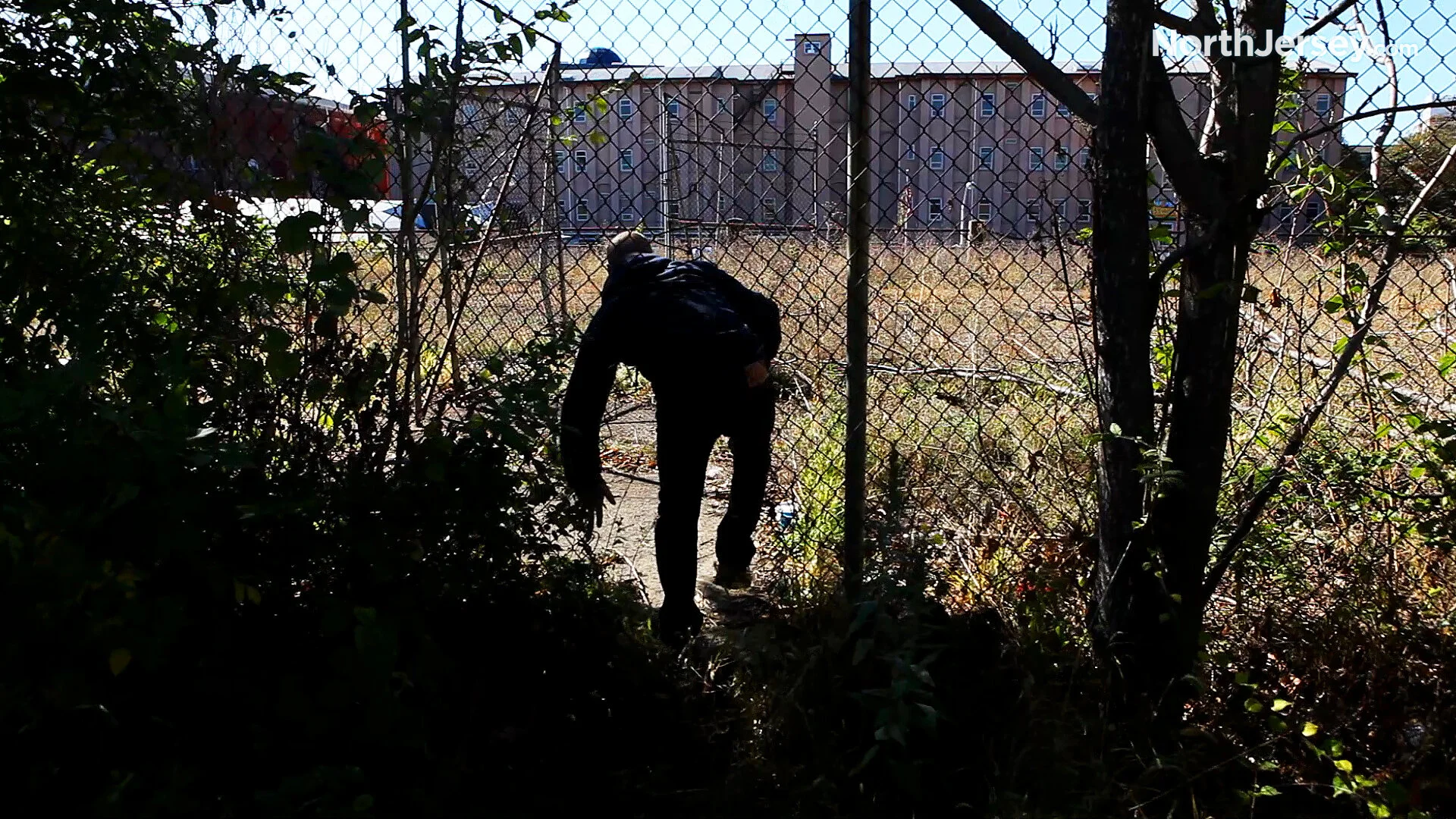

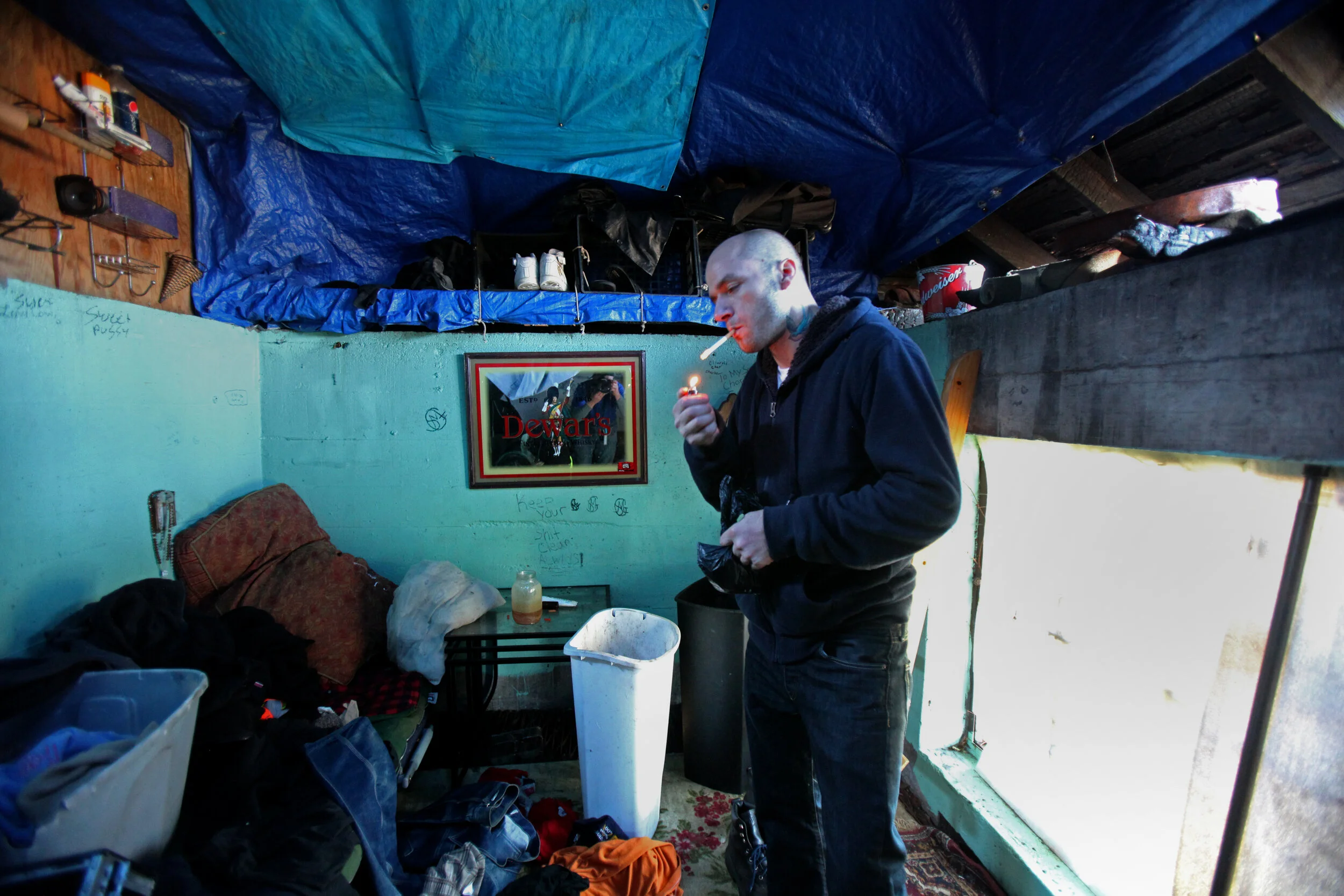
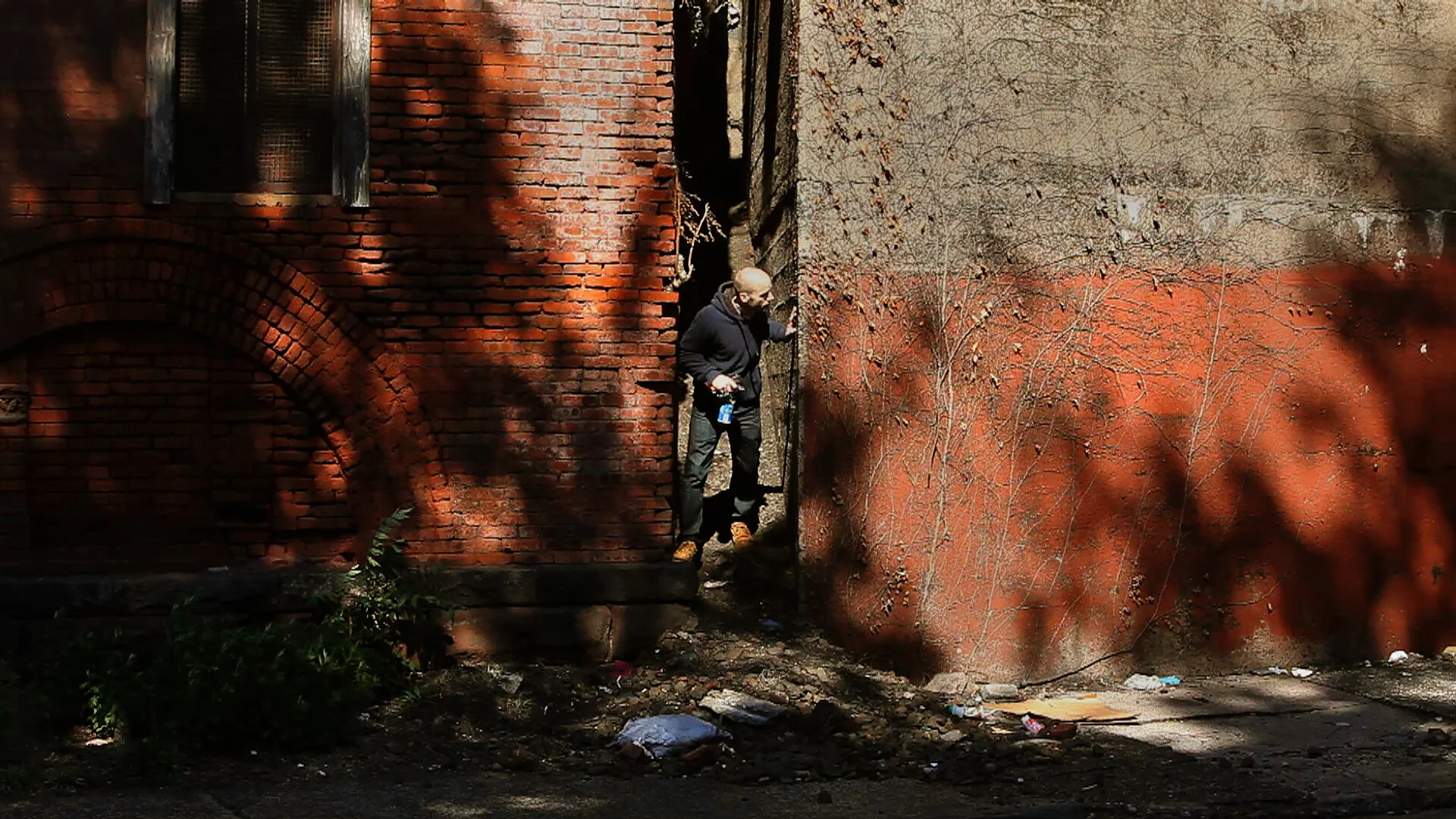


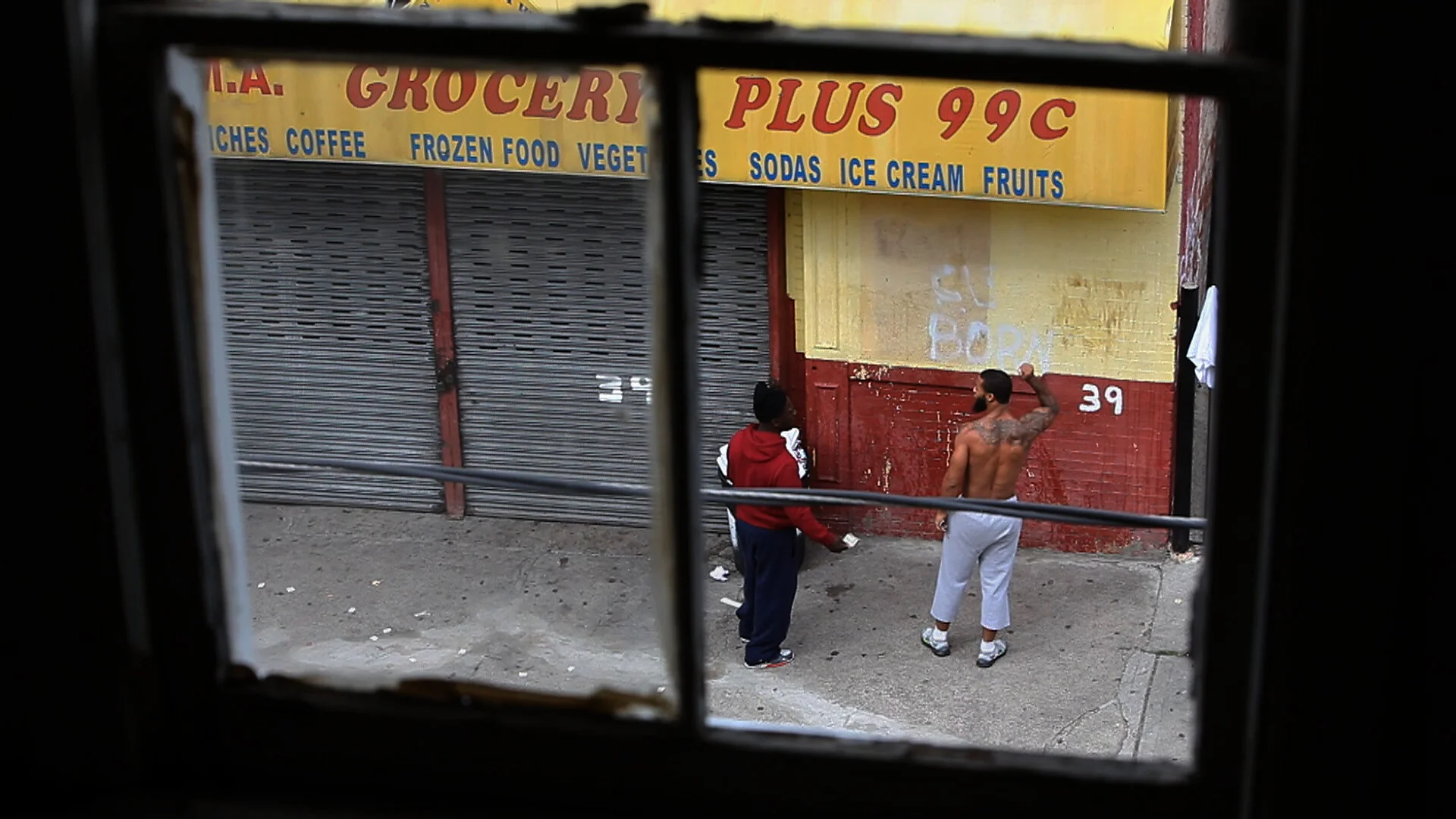
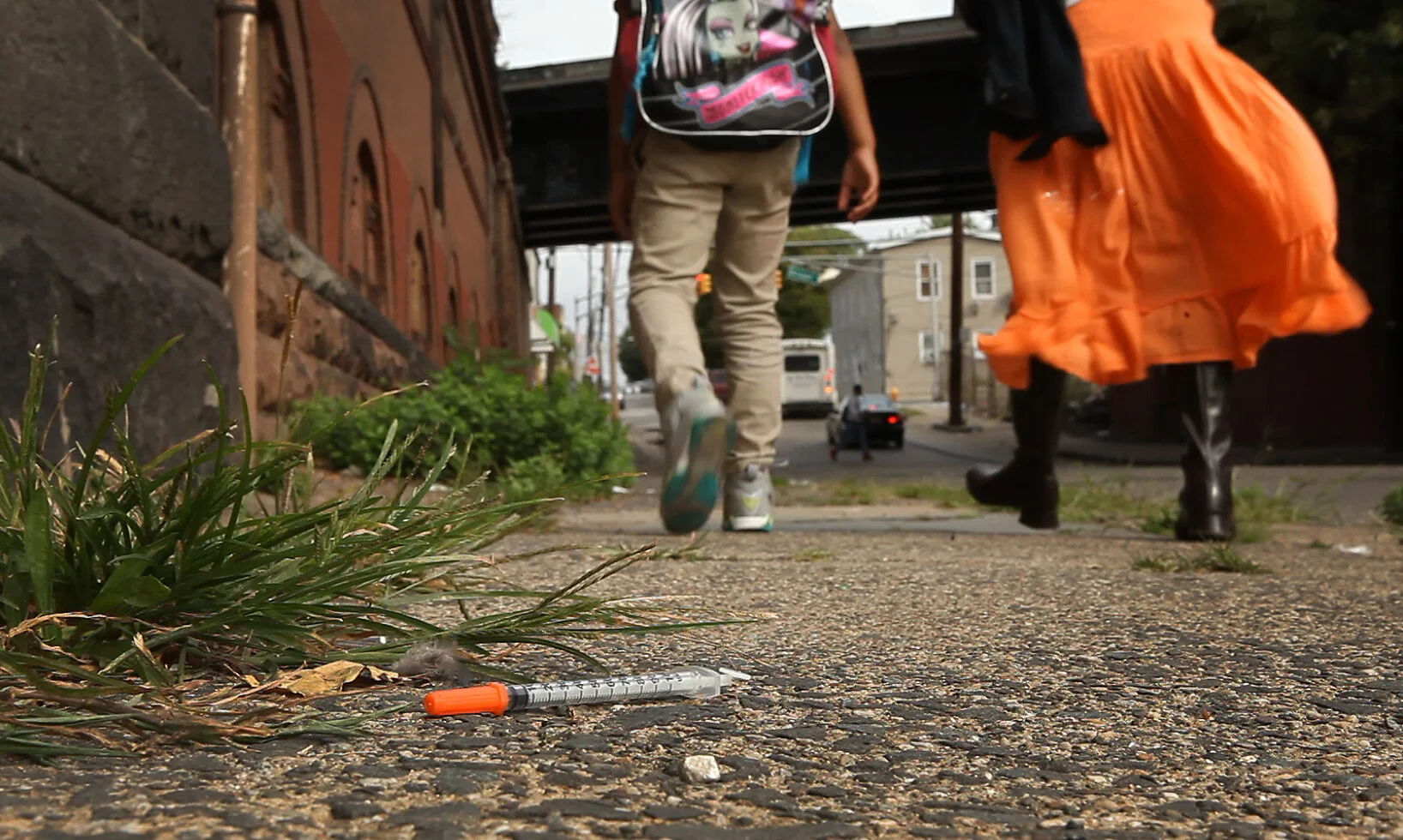
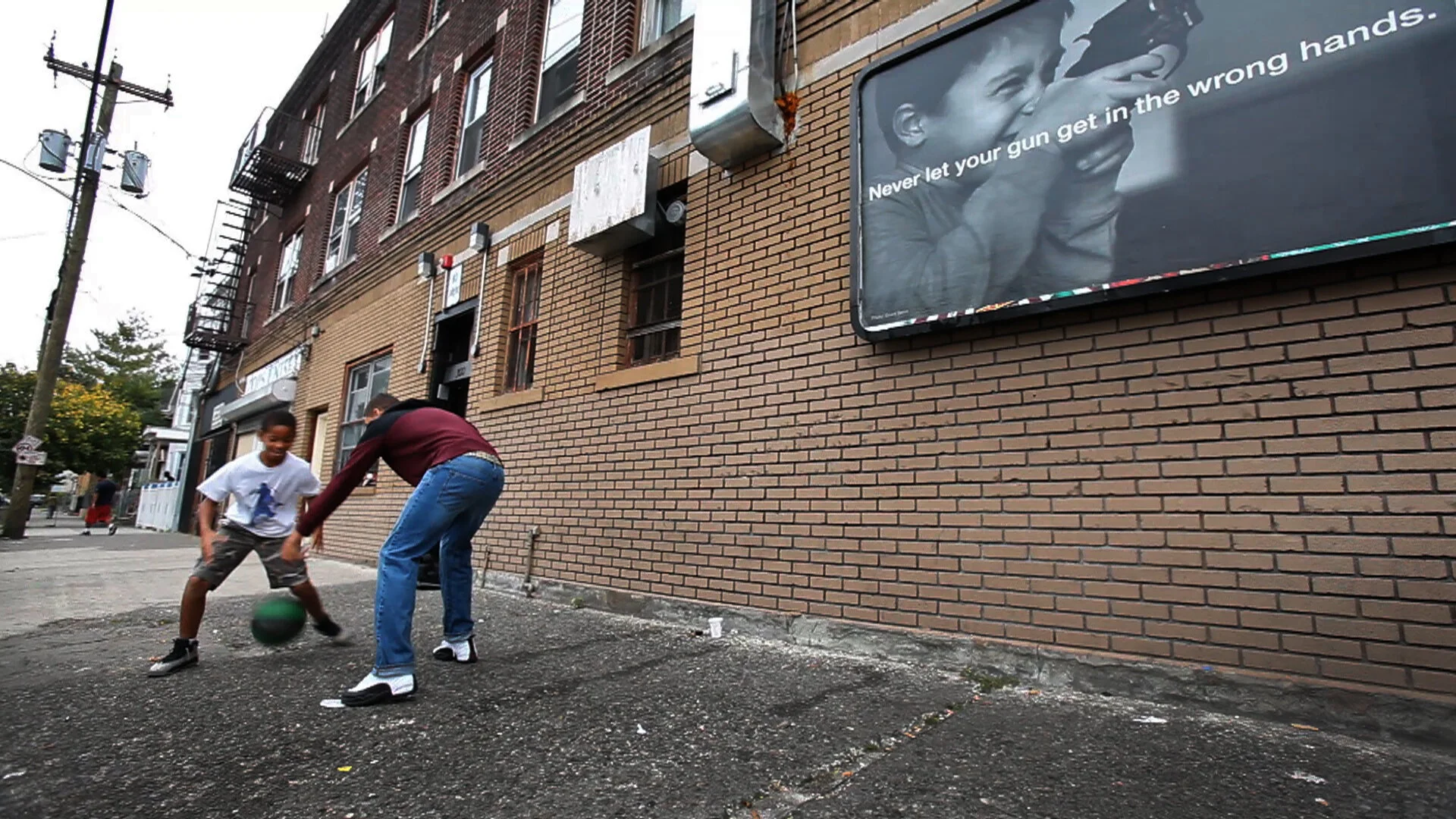
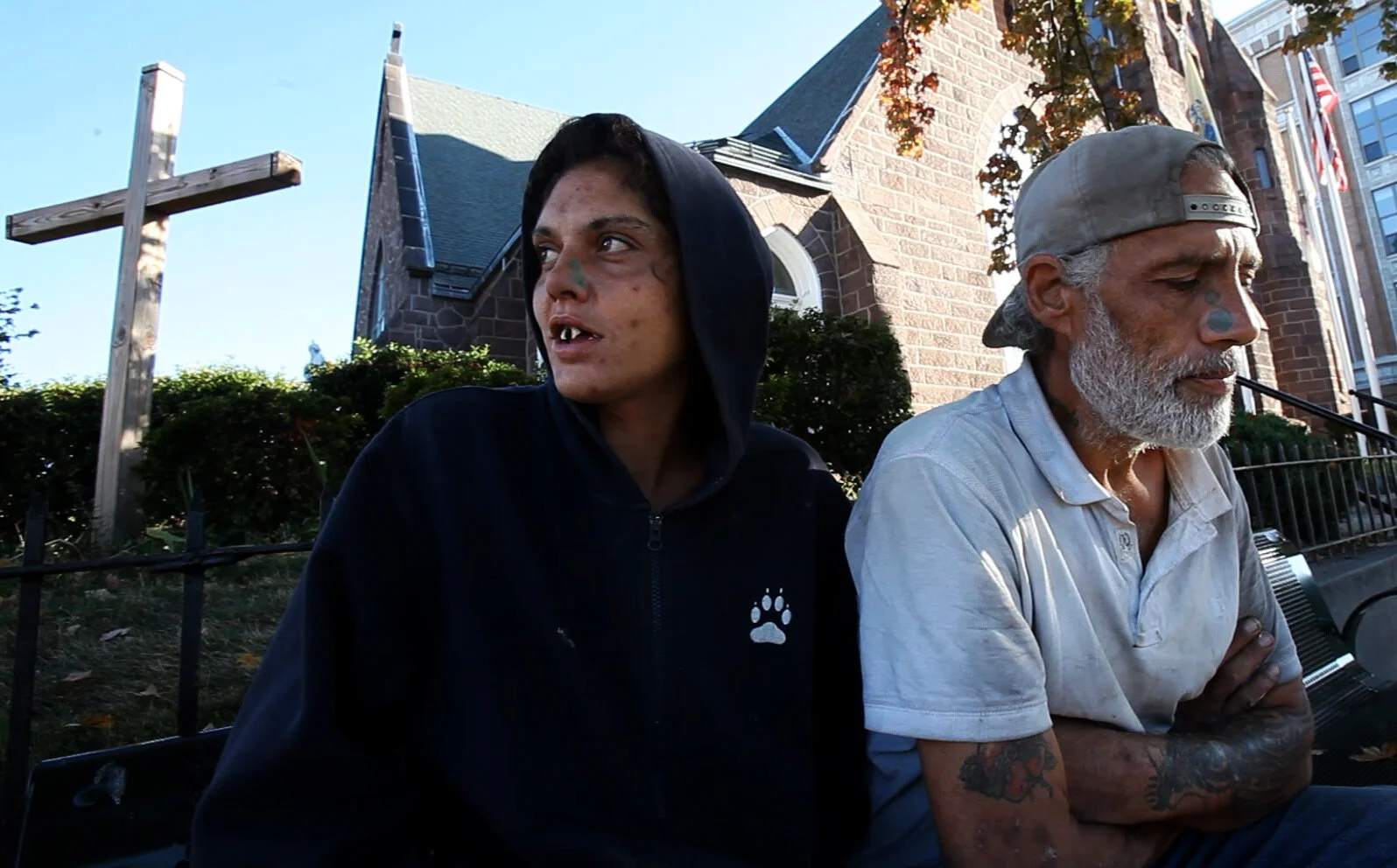
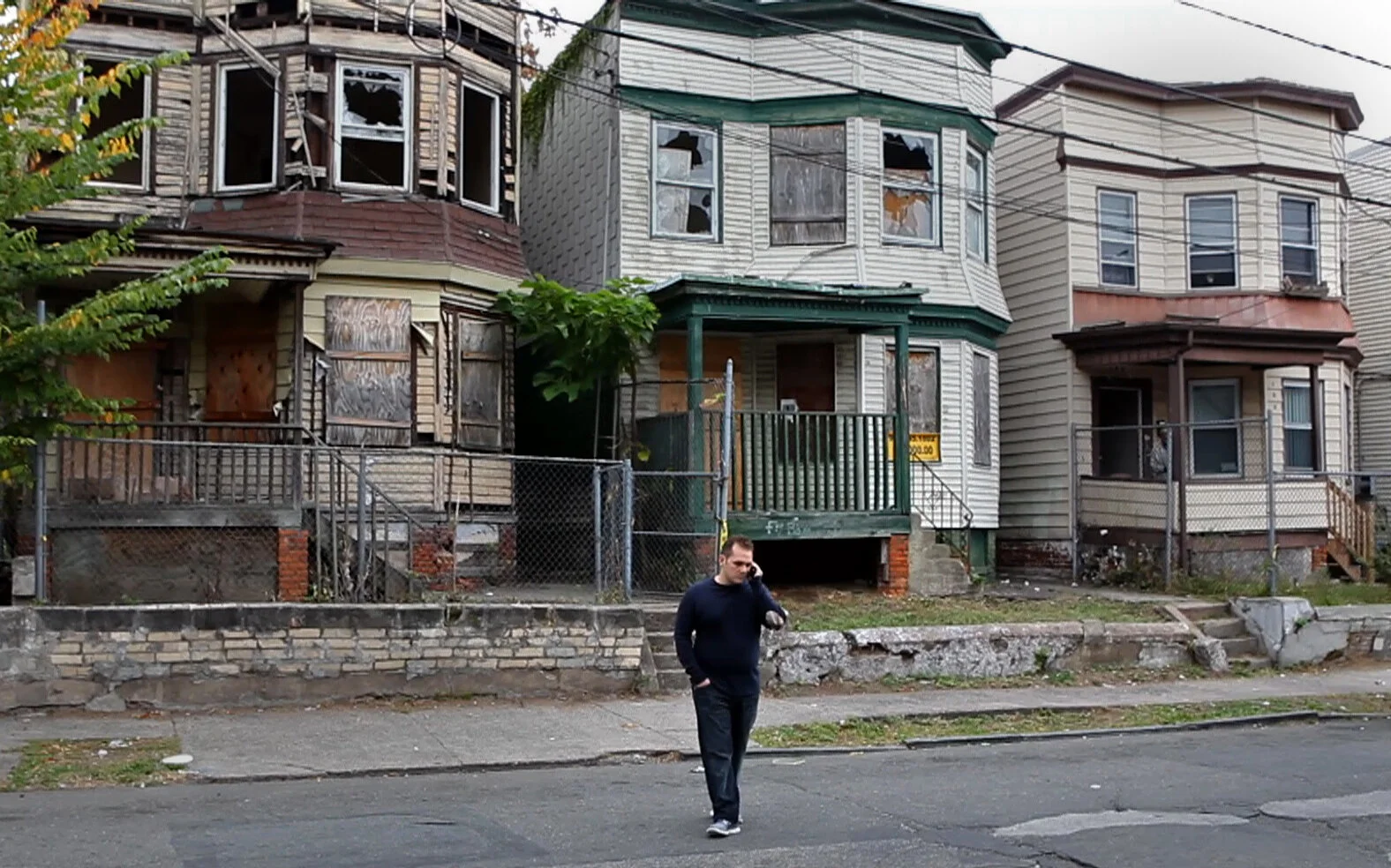
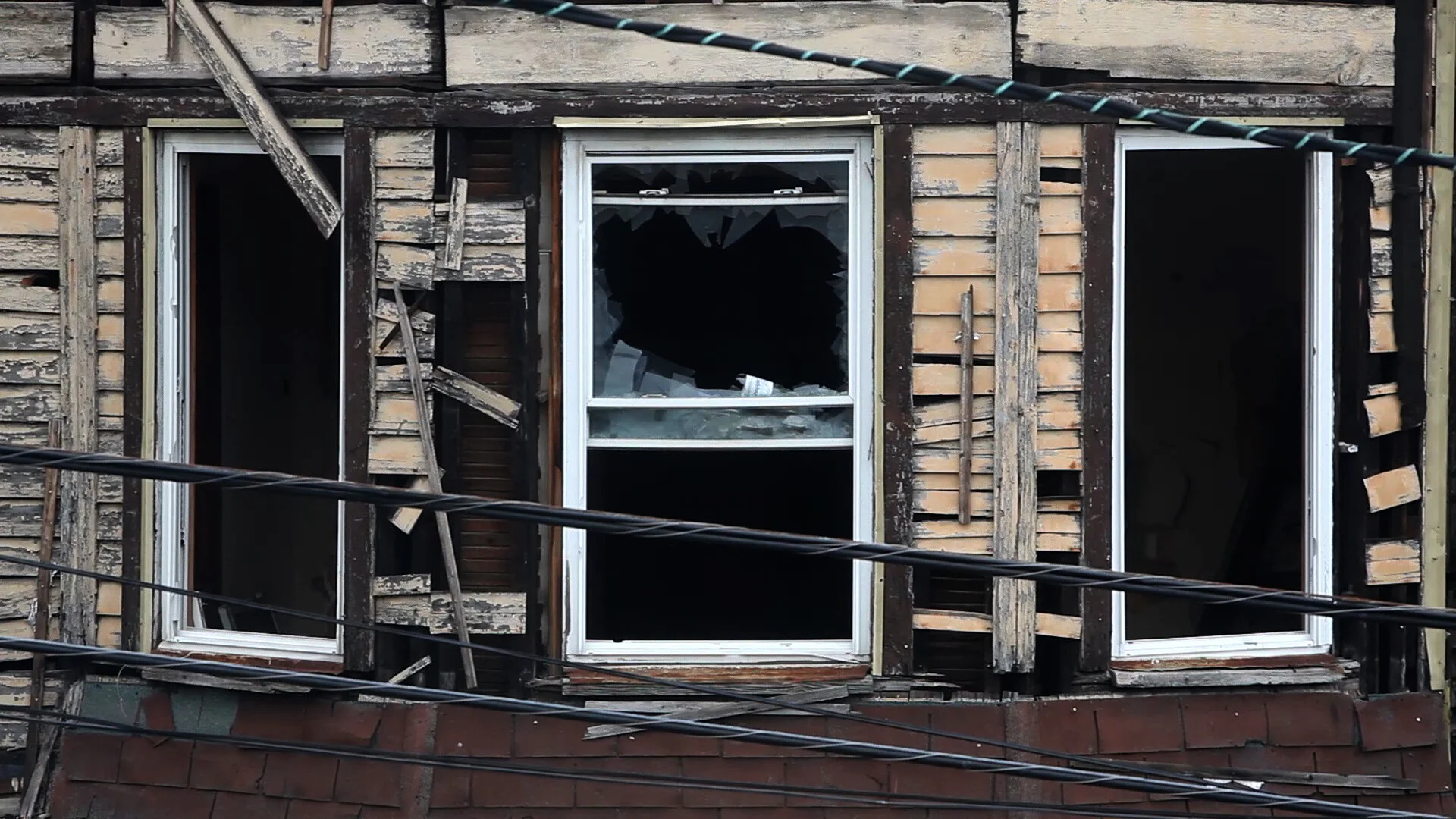
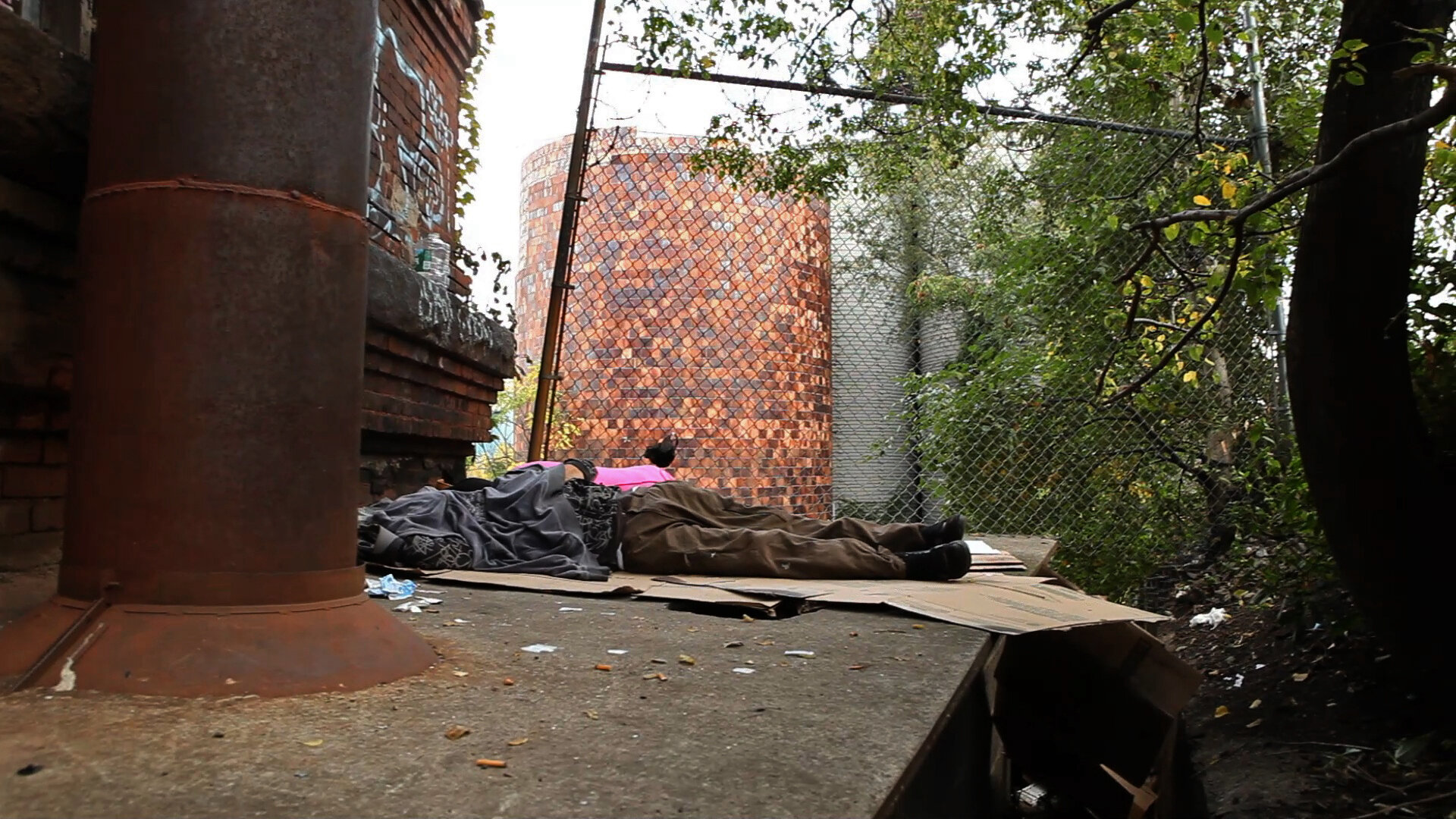

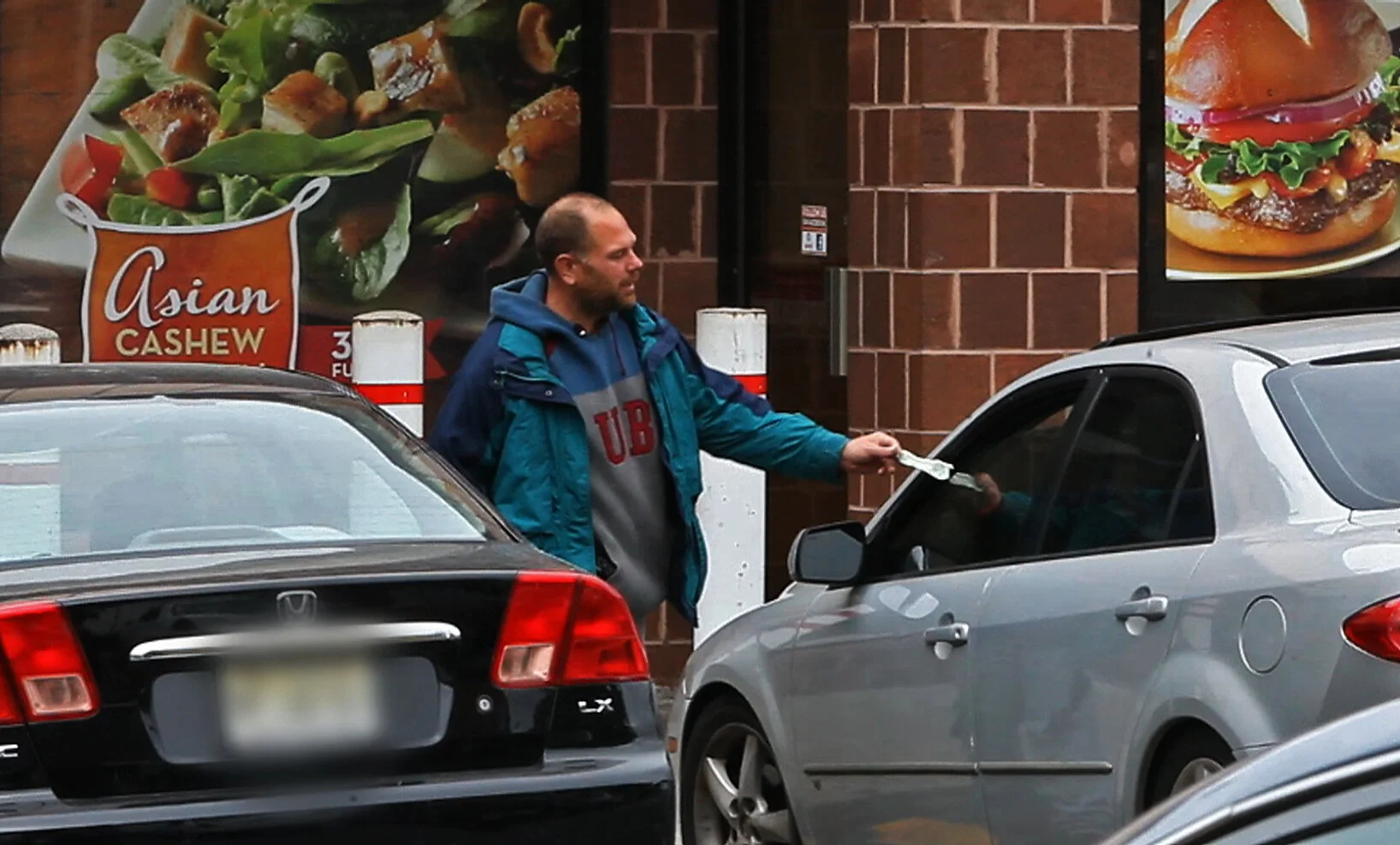

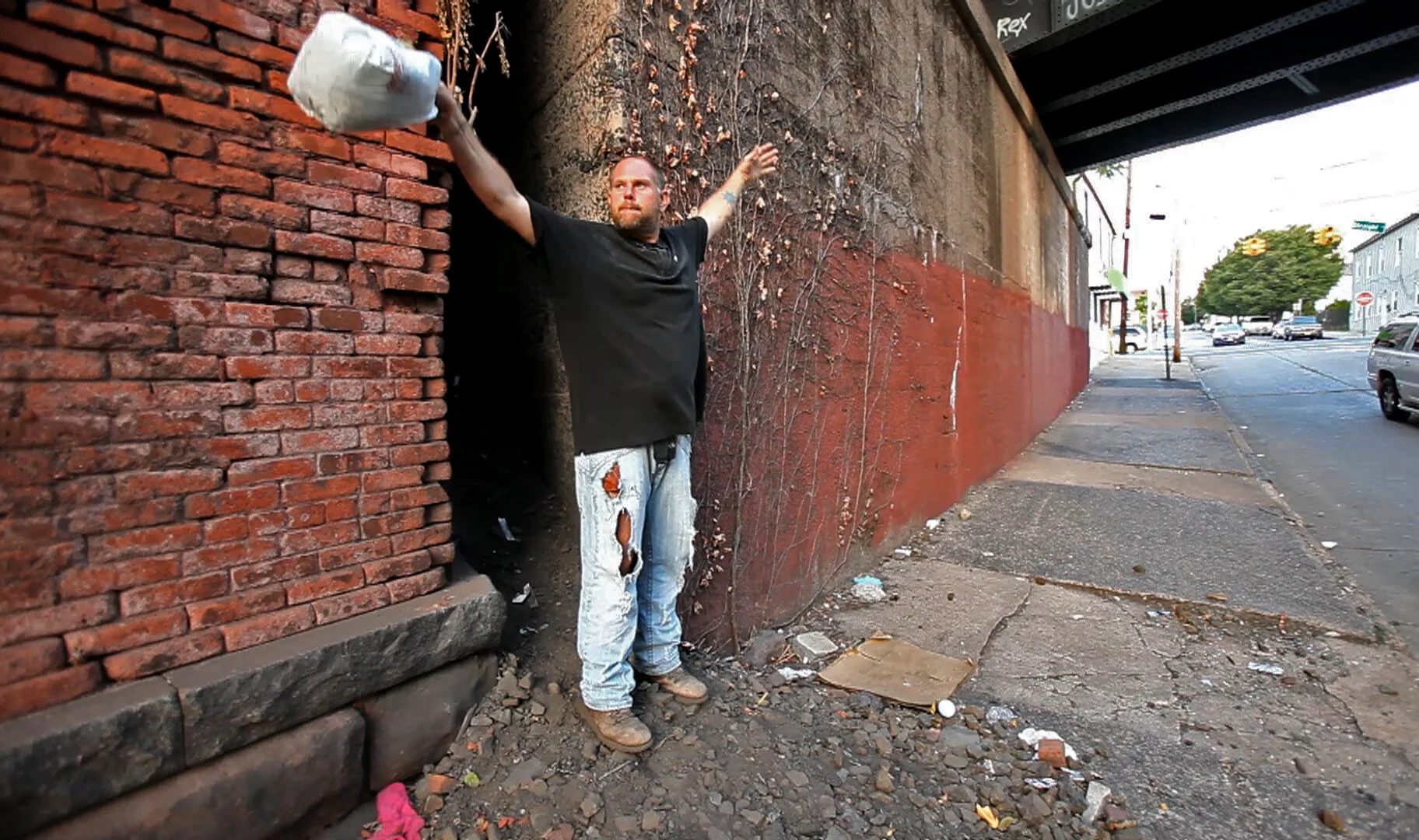
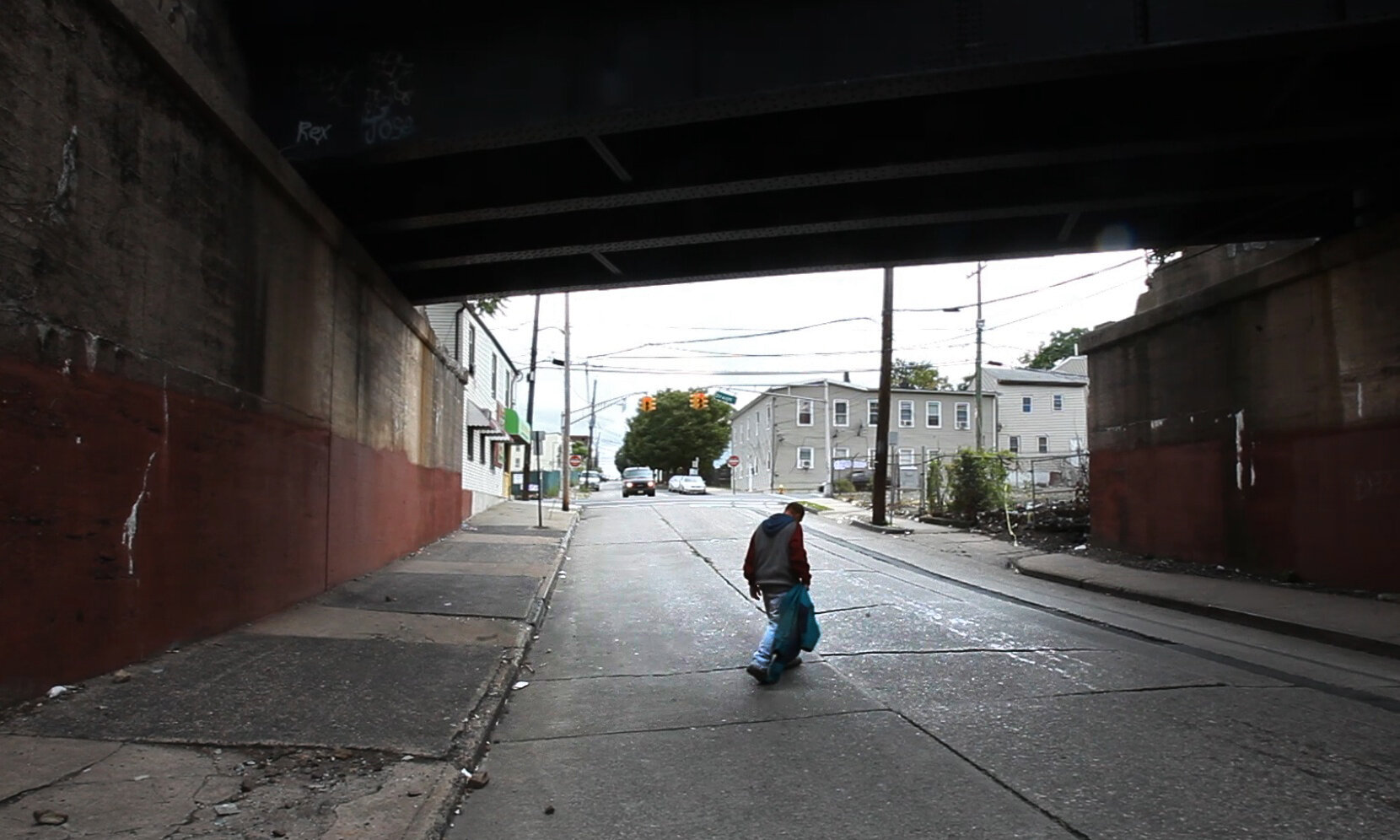
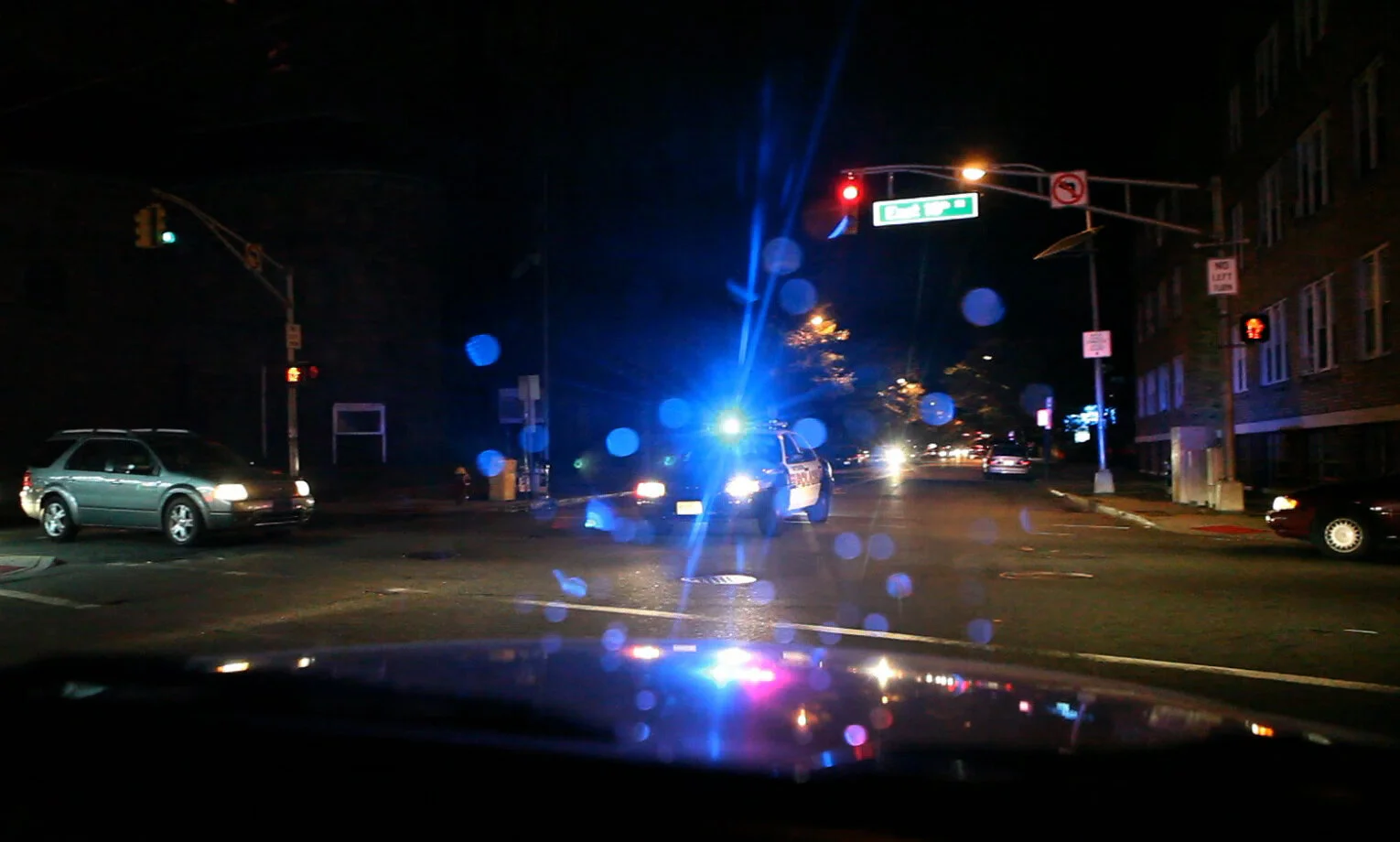

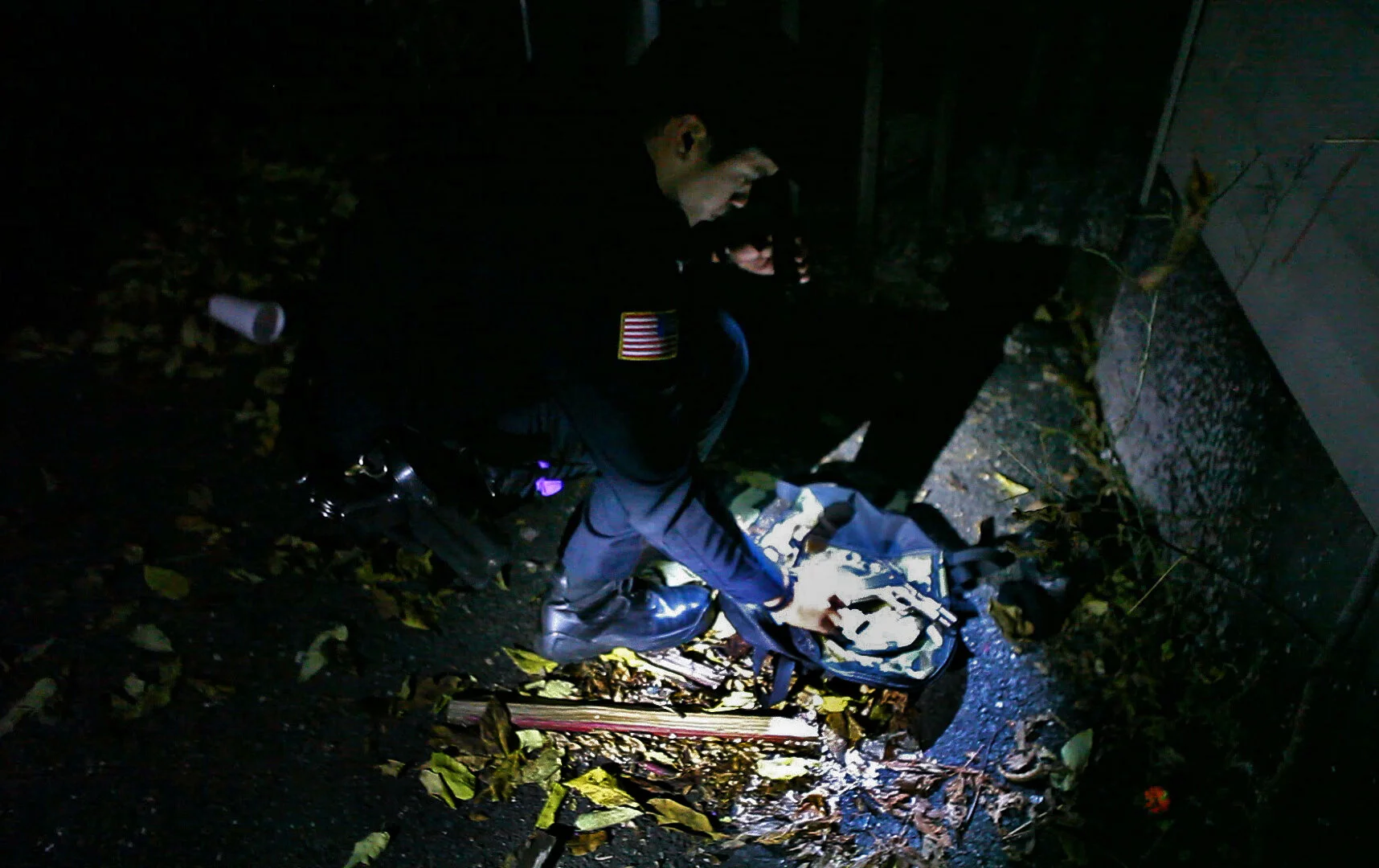
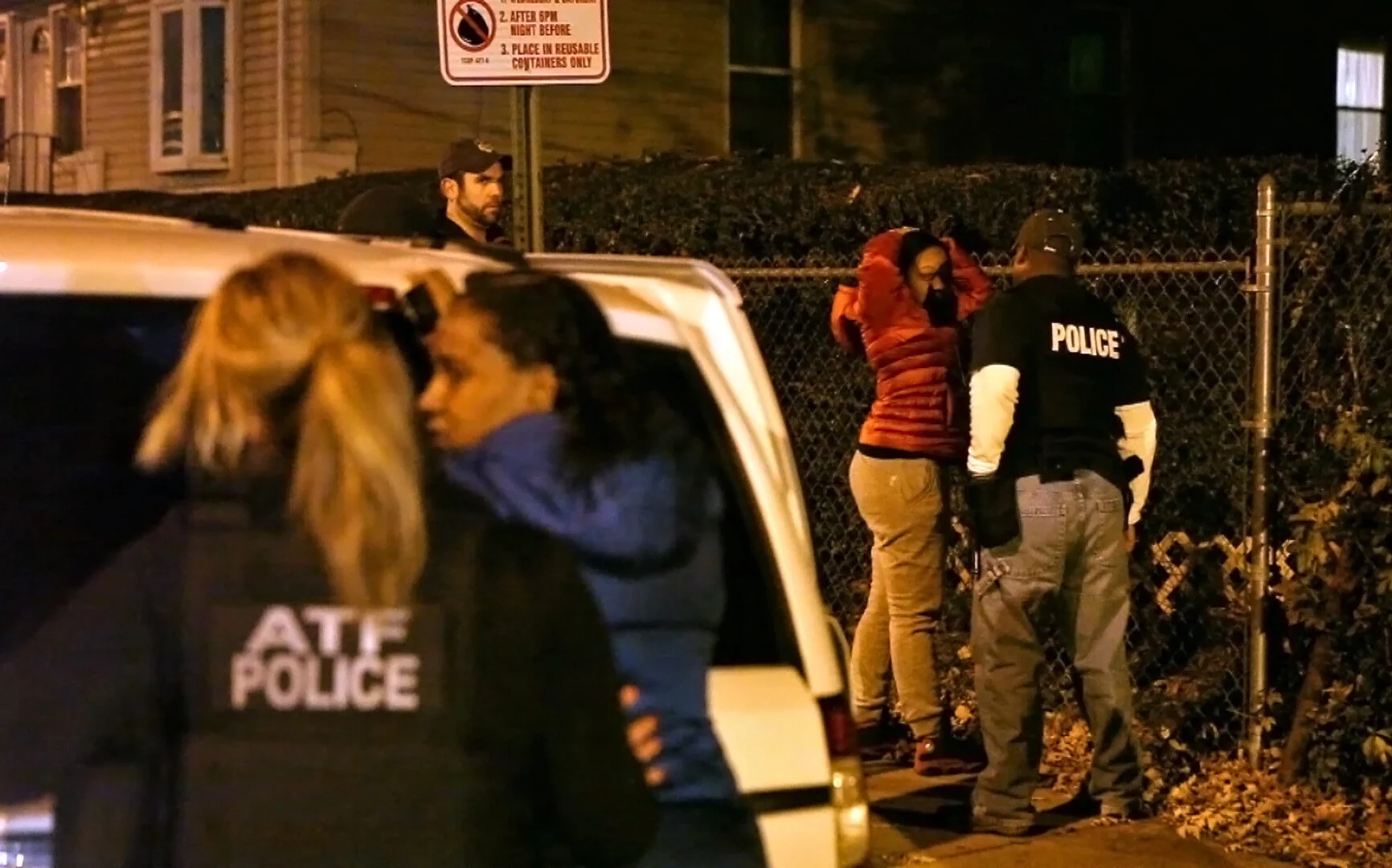
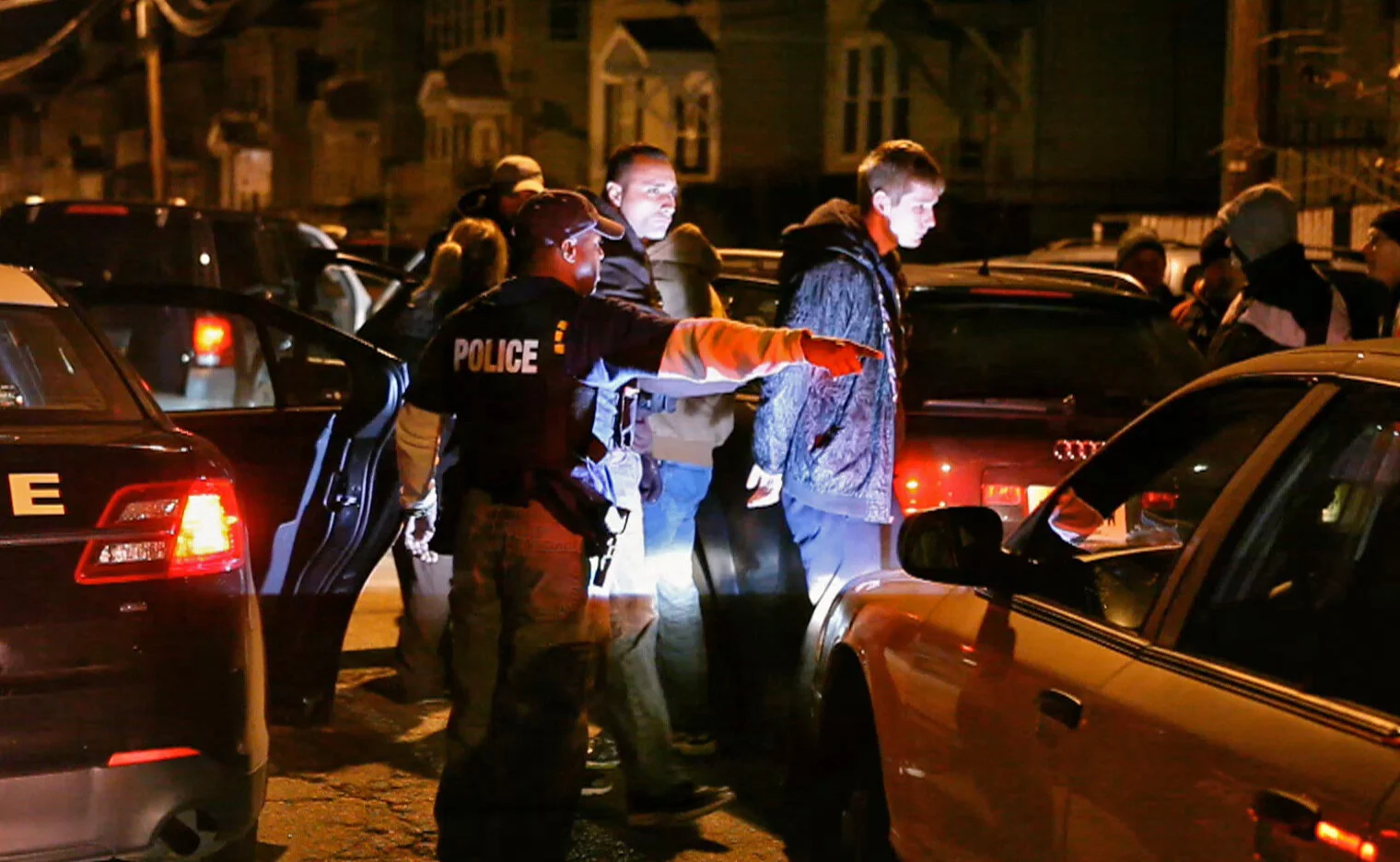

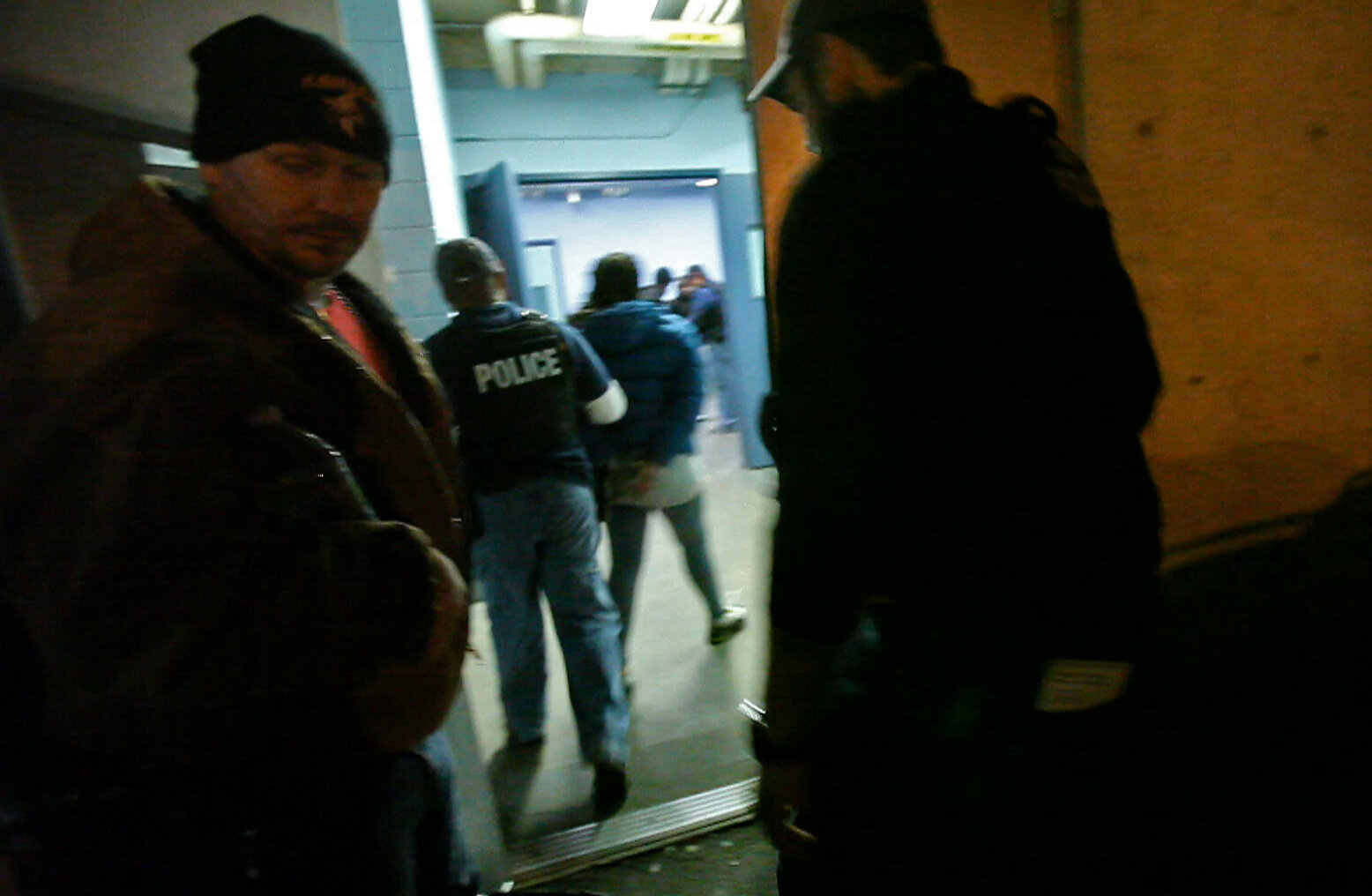

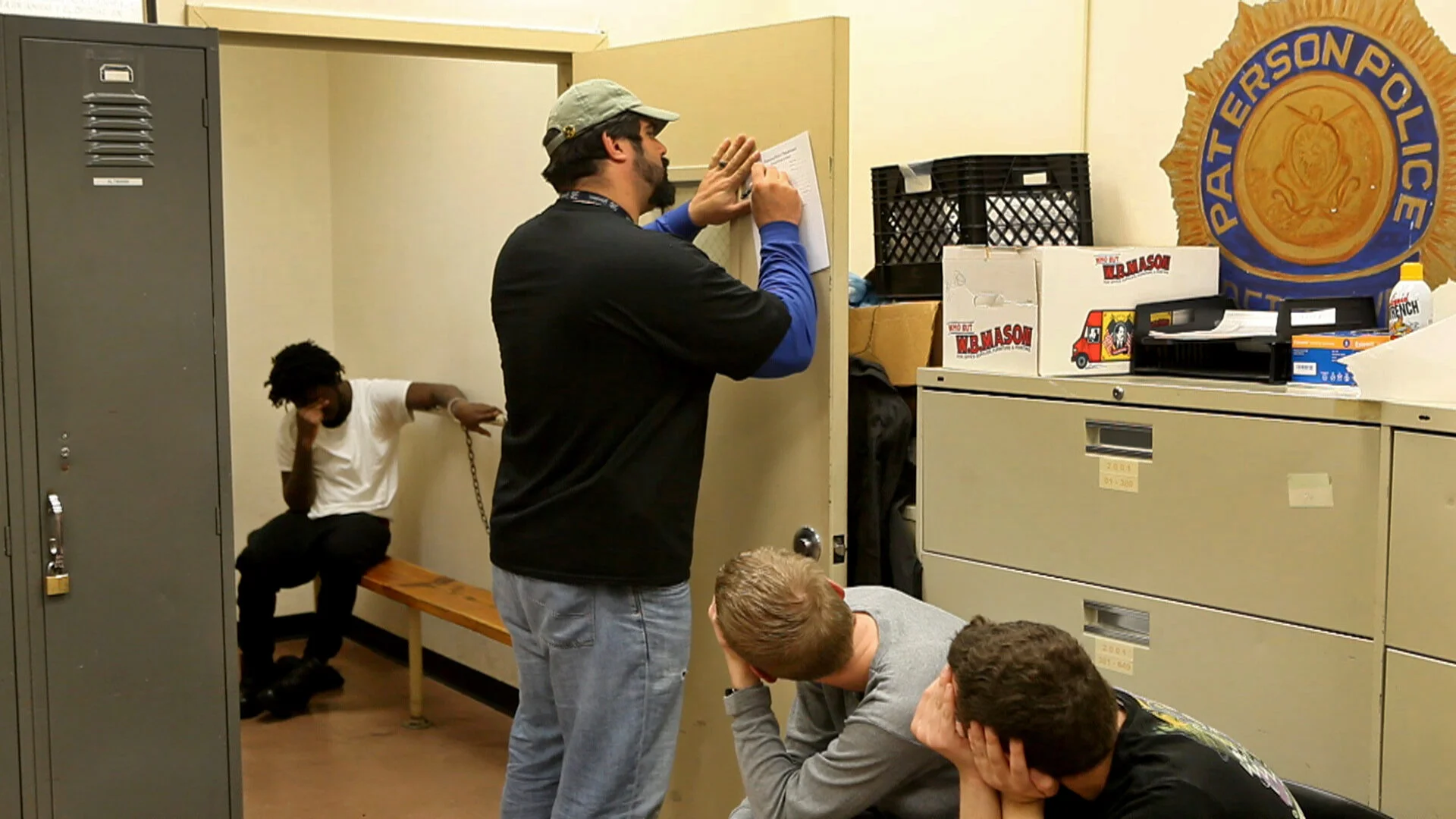

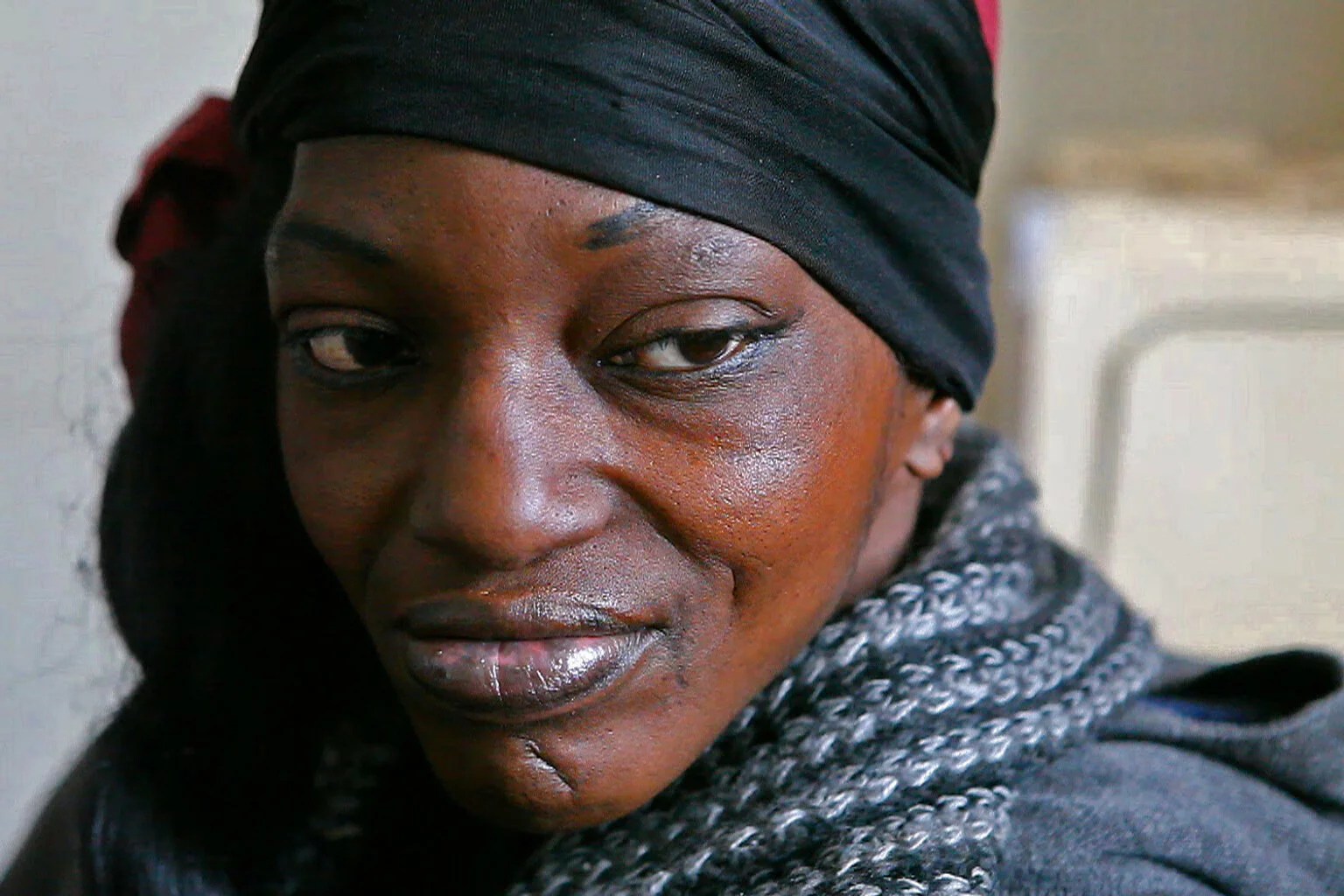
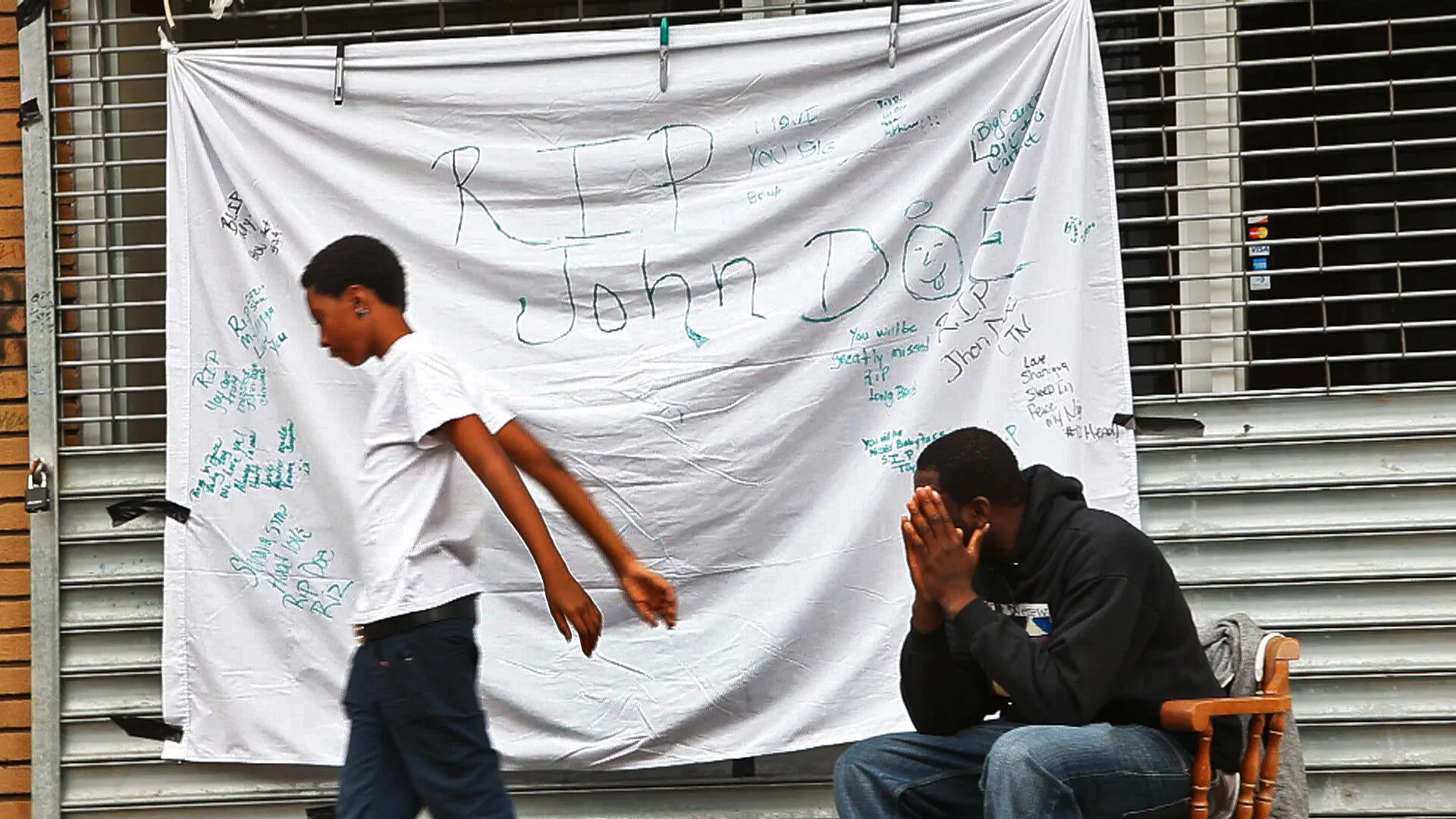
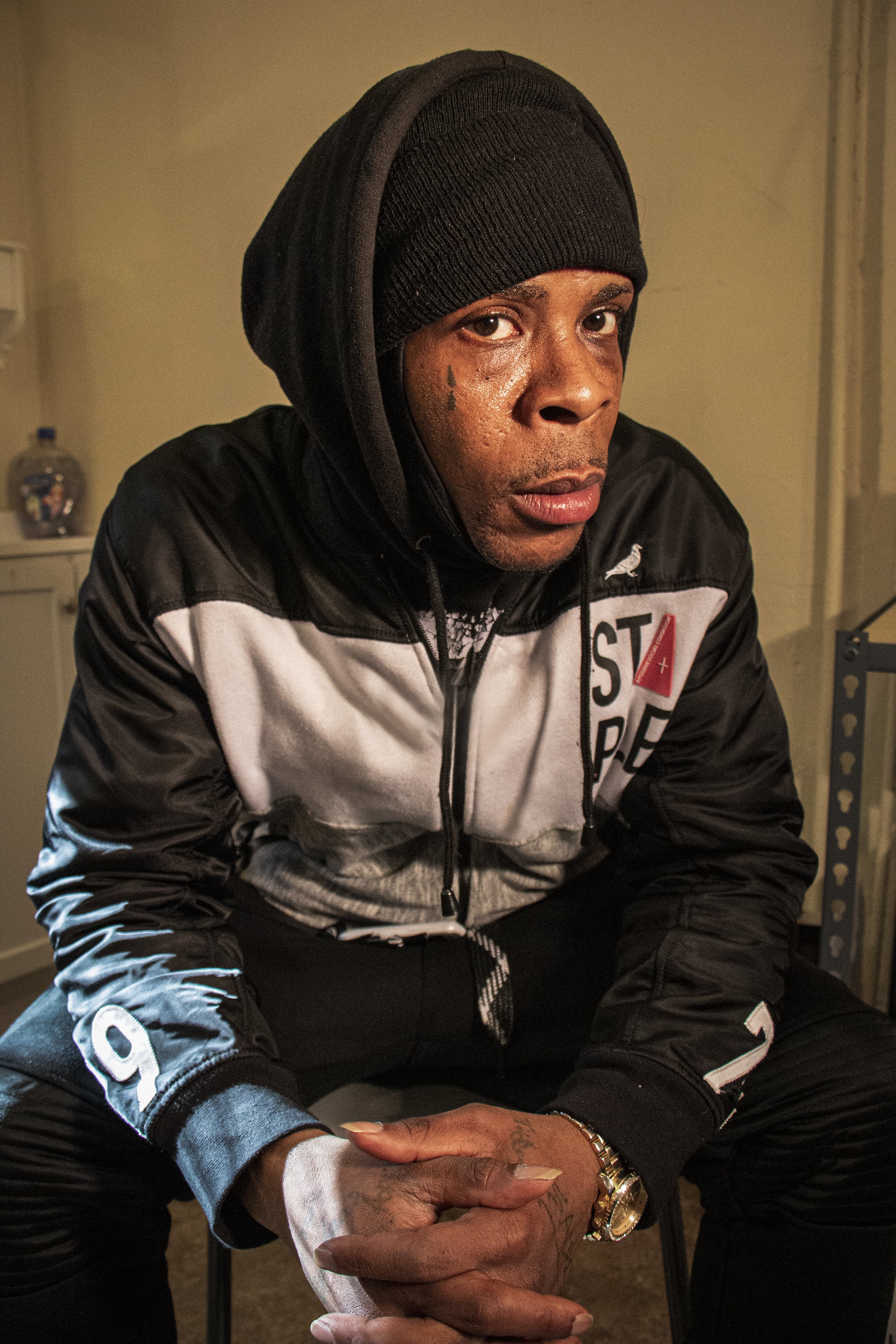

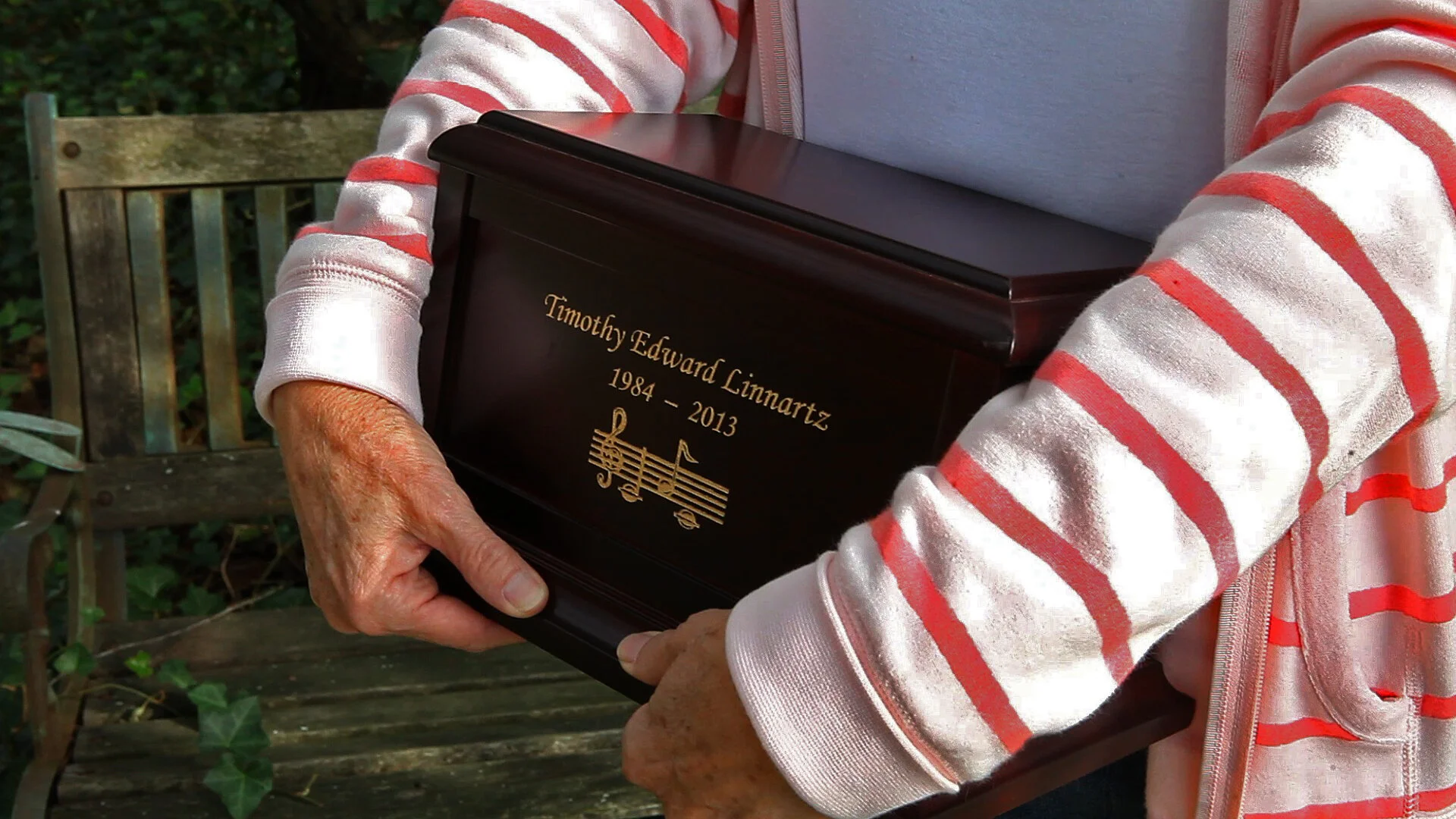
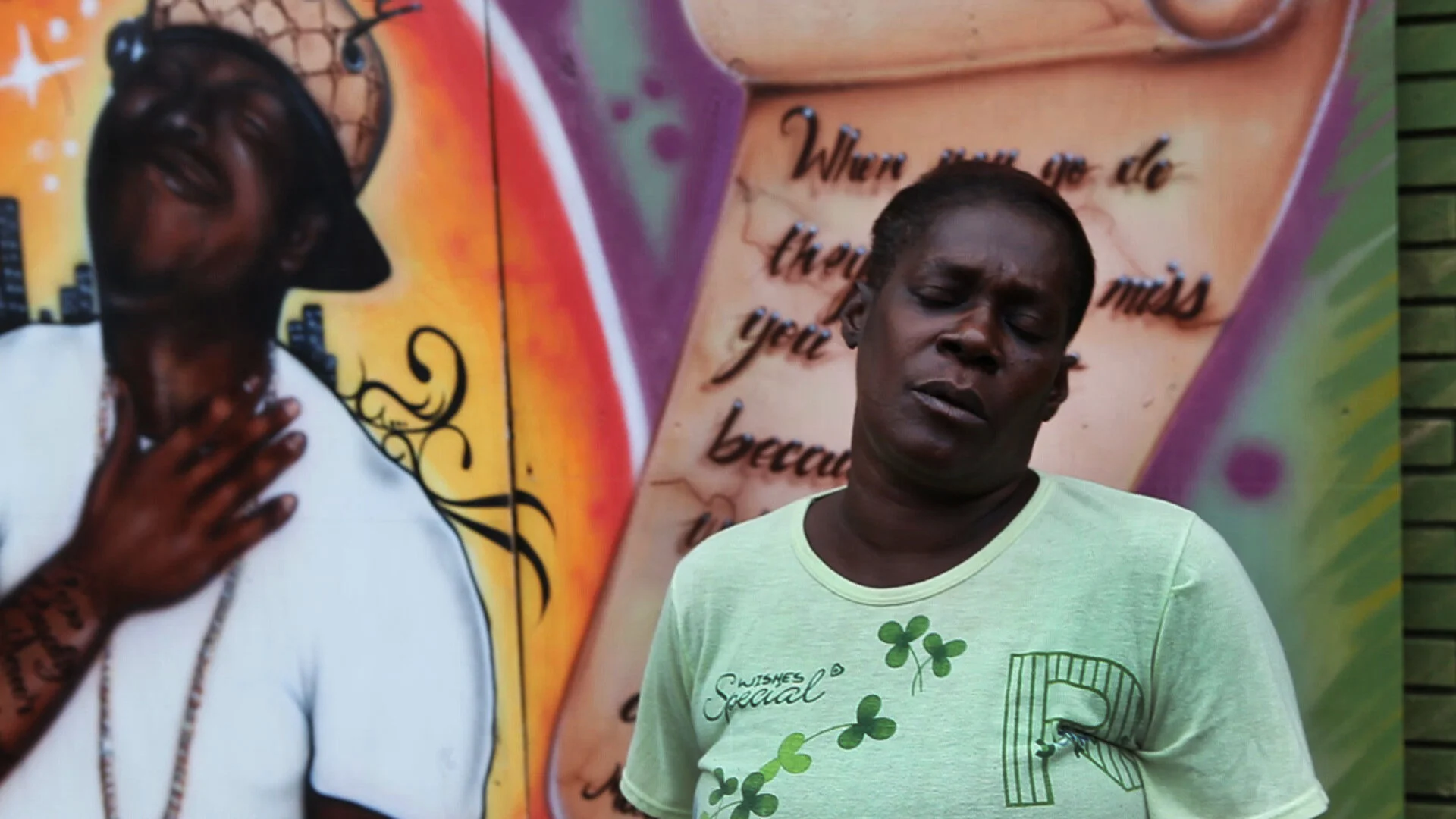
Growing addiction in North Jersey suburbs feeds the city of Paterson's cycle of violence and decay
This essay was produced in 2014-2015, and looks at several angles of North Jersey’s burgeoning heroin problem, from the addicts, to the drug dealer, to the property owners, to the police, and to the innocent residents of Paterson afraid to leave their homes, to the parents who lost a son to the violence associated with the epidemic.
See videos
At the time, Paterson was at the center of North Jersey’s burgeoning heroin trade, linking the region’s affluent suburbs with one of the nation’s most impoverished neighborhoods -Paterson’s 4th Ward, considered then to be one of the heroin capitals of the country. And apparently, it still is.
In October 2020, Attorney General Gurbir S. Grewal called Paterson “a major distribution center for heroin” led by a local set of the Crips, after the arrests of 12 alleged members of the gang’s drug network selling “large amounts of heroin and cocaine out of drug mills.”
Paterson, New Jersey’s third-largest city and among the poorest municipalities in the U.S. It has been plagued by drugs and gun violence for decades, particularly the 4th Ward, where many of its blighted streets are open-air drug markets, including sections of Rosa Parks Blvd., Governor Street, and Carroll Street -known as Heroin Alley.
Heroin is cheap and accessible in Paterson. Users from outside the city drive-in or take NJ Transit to buy large quantities known as bricks. In 2014, bags of heroin were going for $3-5 a bag. Users typically buy the heroin by the brick, which is five 10-bag bundles and where they can sell it for upwards of $10 per bag. Police in suburban towns says most of the heroin they seize comes from Paterson.
The story of Paterson’s decay is not new; the city has been eroding since the 1960s when the Silk City’s much-celebrated industrial past faded. It became a perfect economic and demographic storm; industry left, jobs were lost, and homes fell into decay and neglect. Plus, in 2011 under Mayor Jeffrey Jones, a quarter of the police were let go after the city eliminated 392 municipal workers to offset a $70 million budget deficit, leaving the department ill-equipped and under-served for the growing heroin trade.
At the same time, an increase in prescription opioids led to widespread misuse of both prescription and non-prescription opioids, which often leads to addiction. Many turn heroin because it’s cheap and easy to obtain in places like Paterson’s open-air markets. In 2014, it was not uncommon to see white suburbanites standing on street corners in the 4th Ward -a predominant black neighborhood. And in many cases, became homeless and living in abandos.